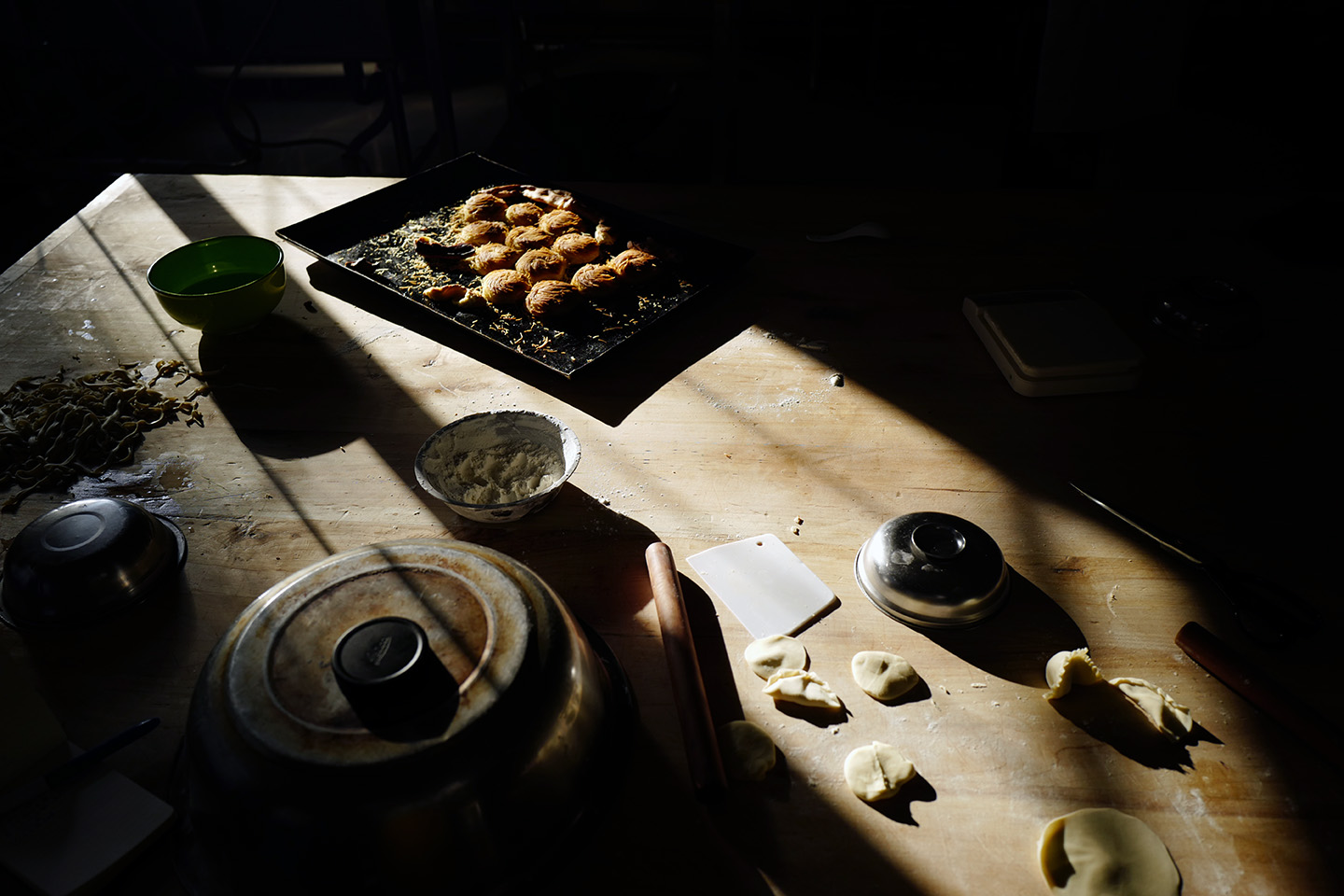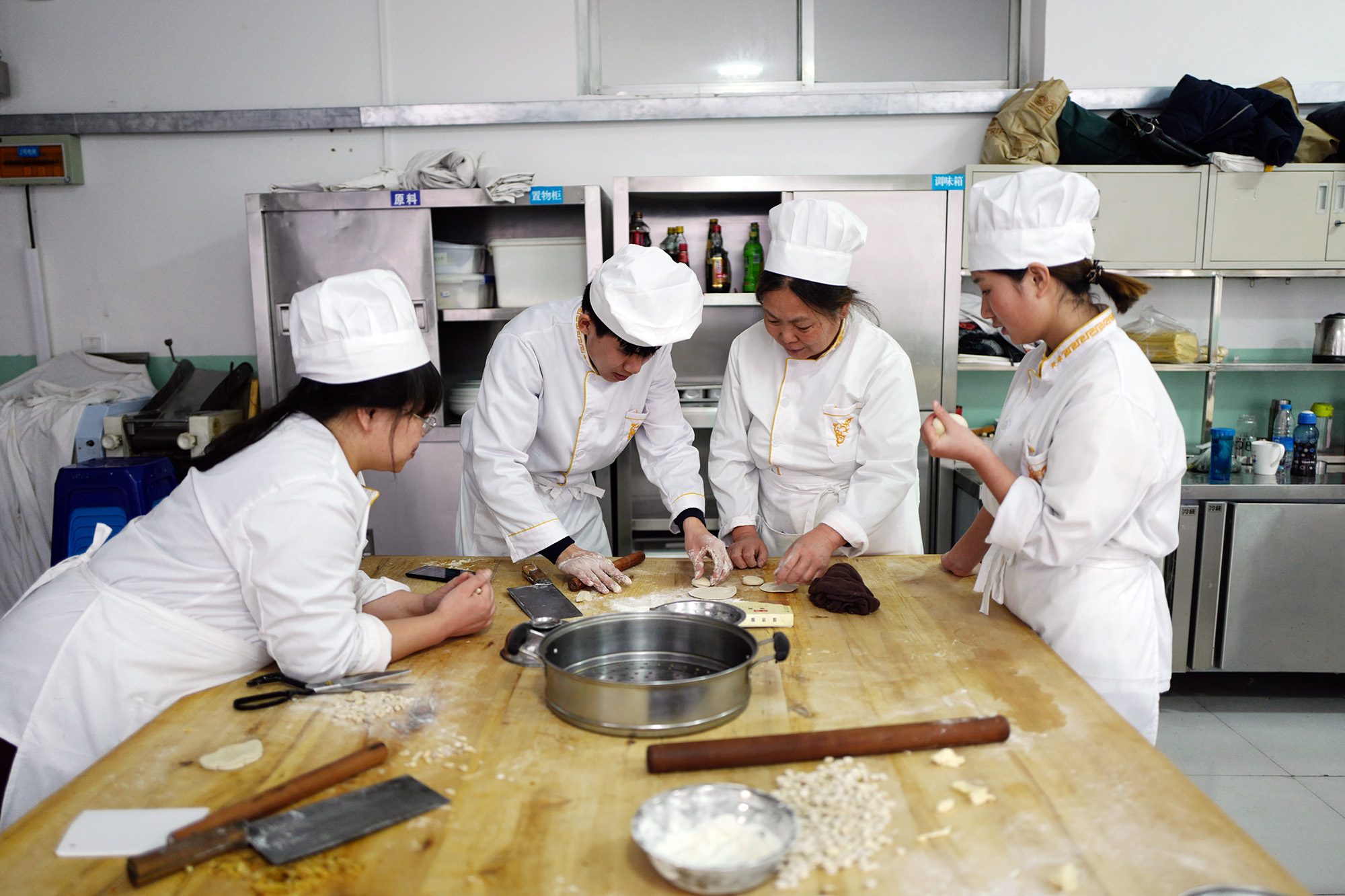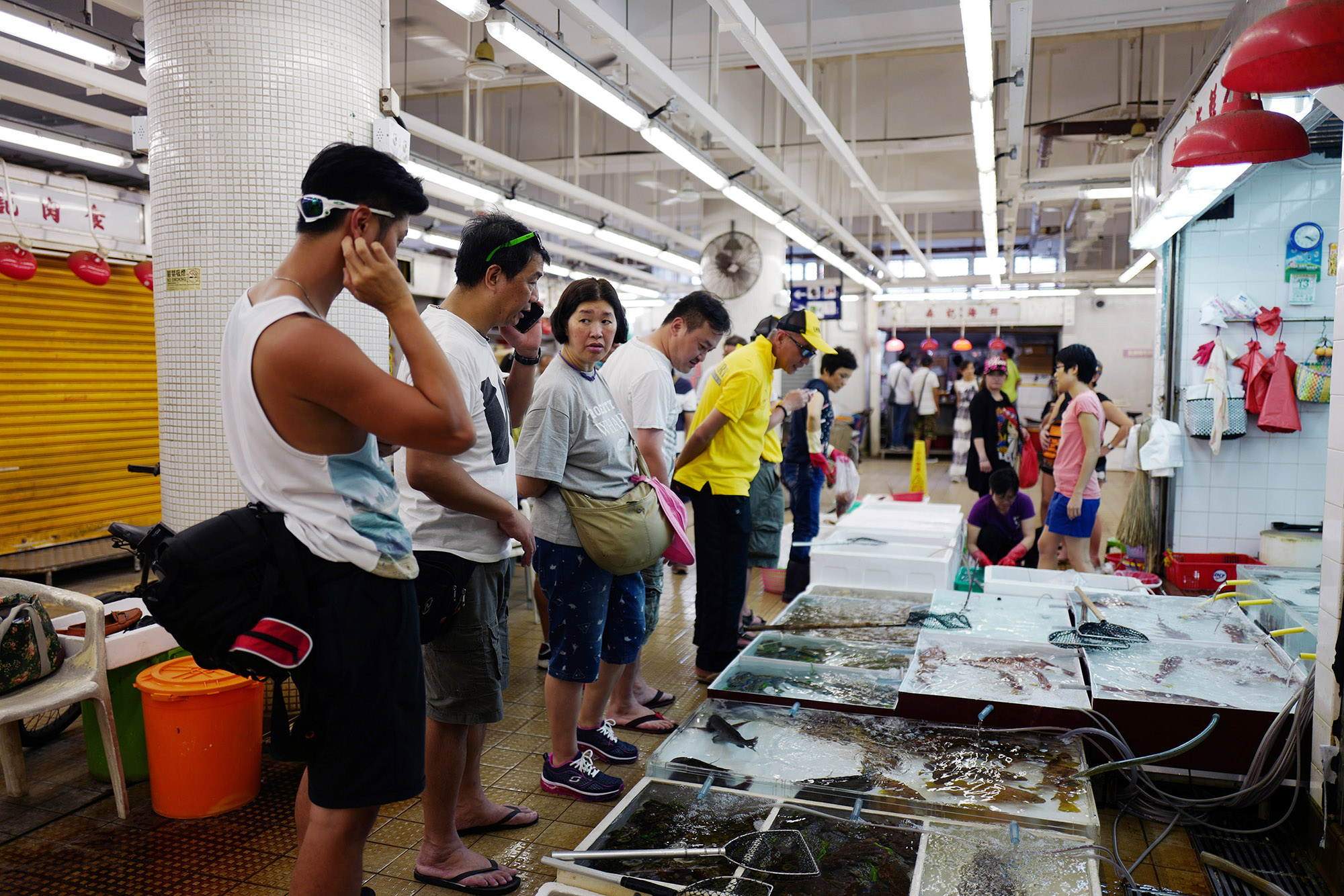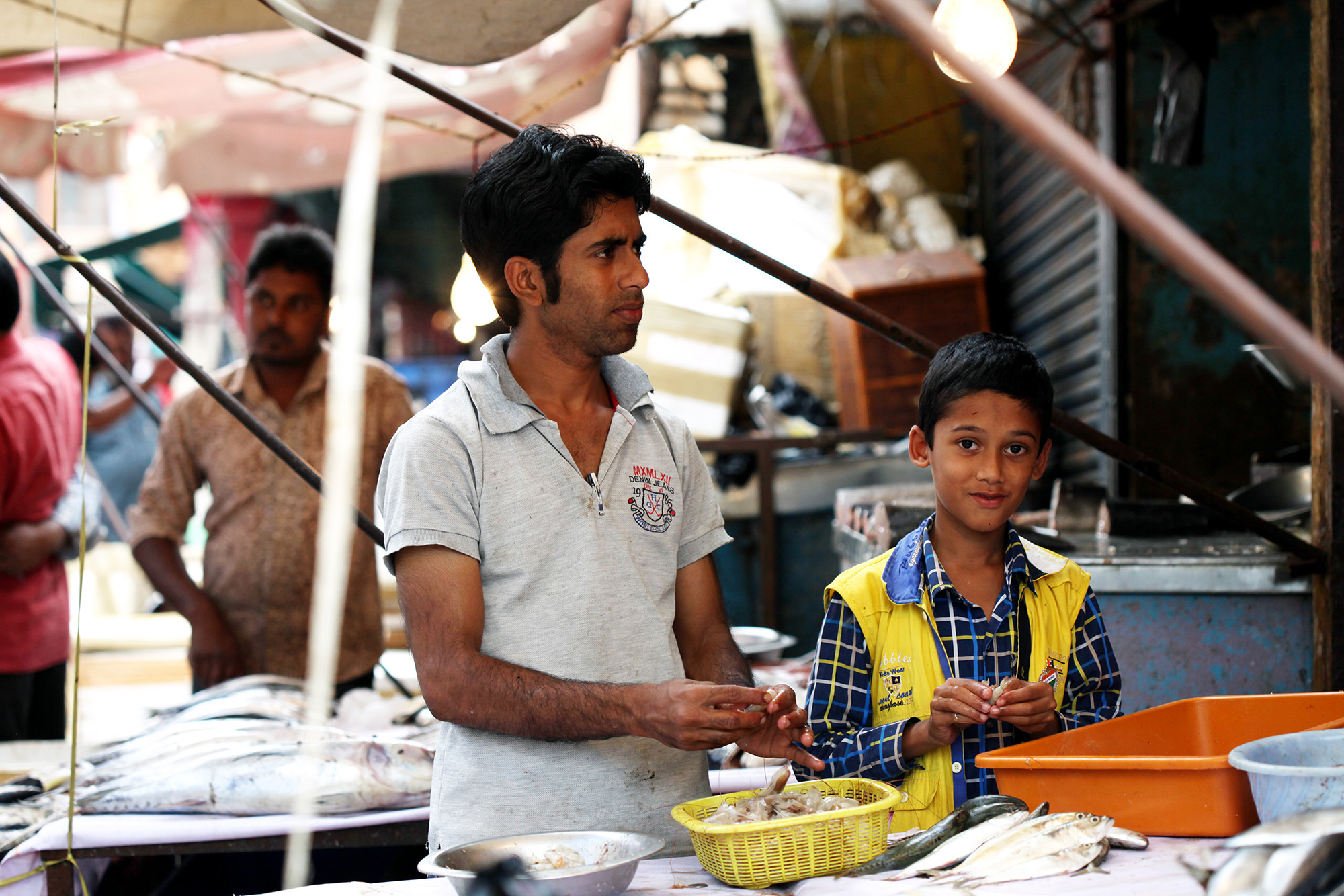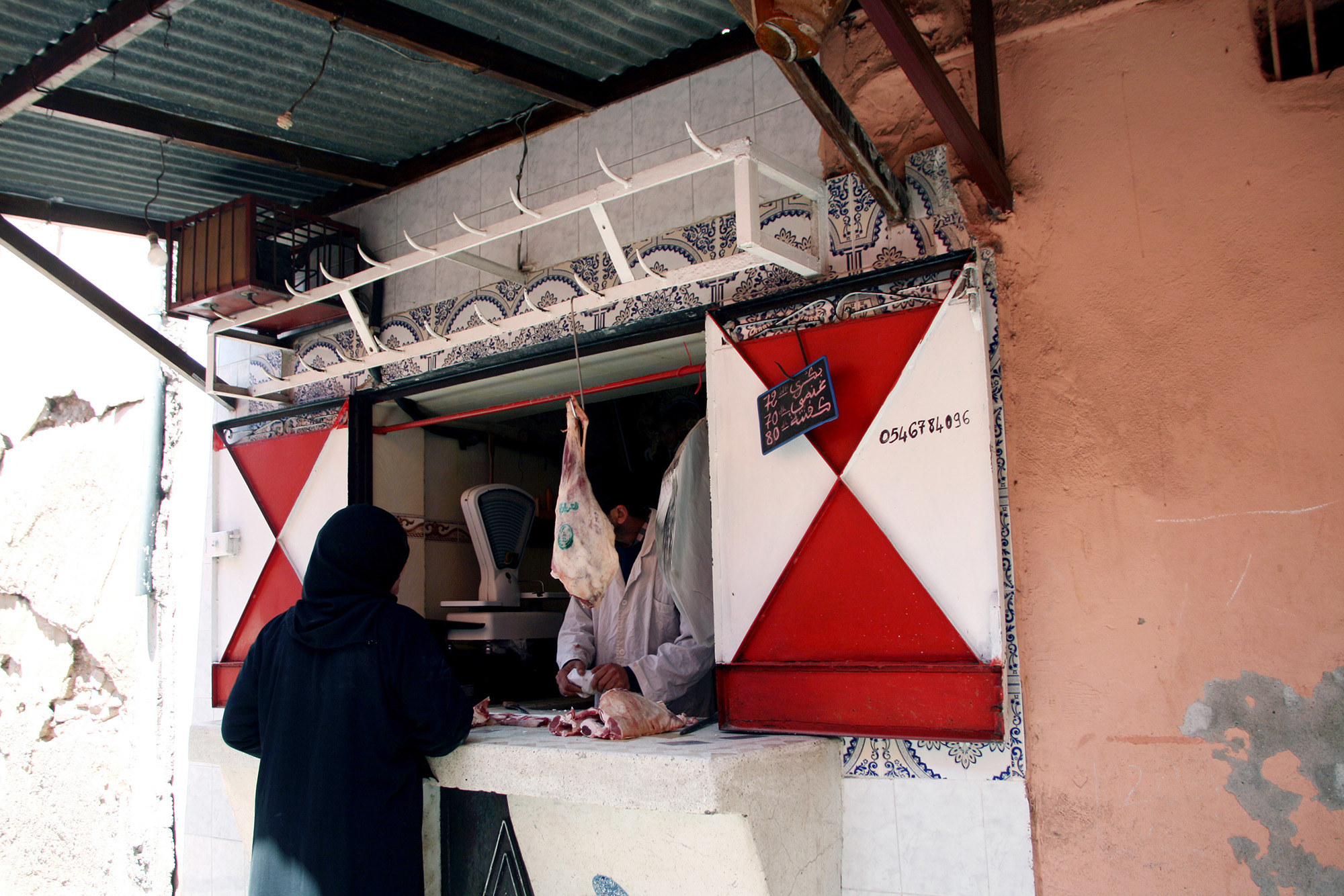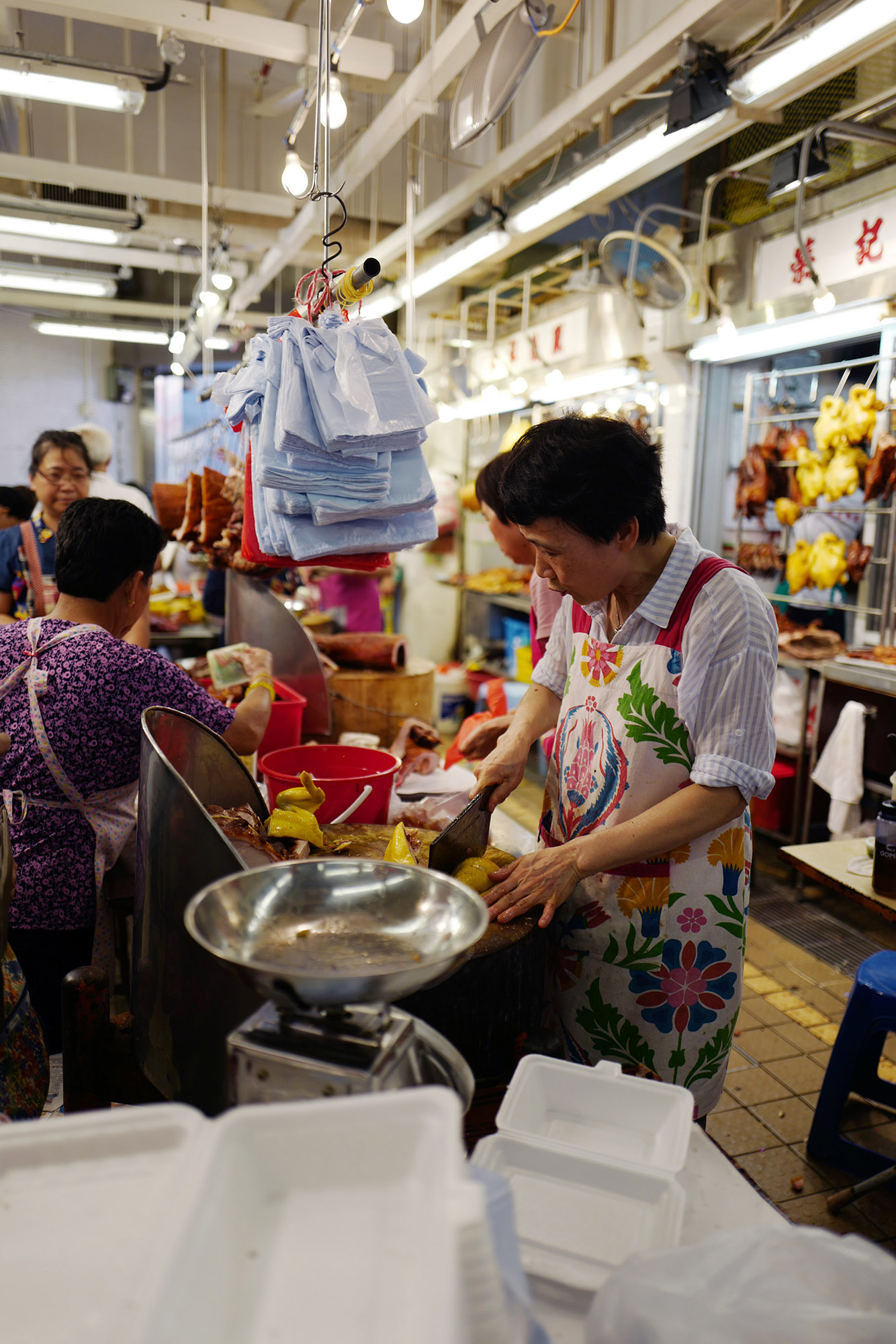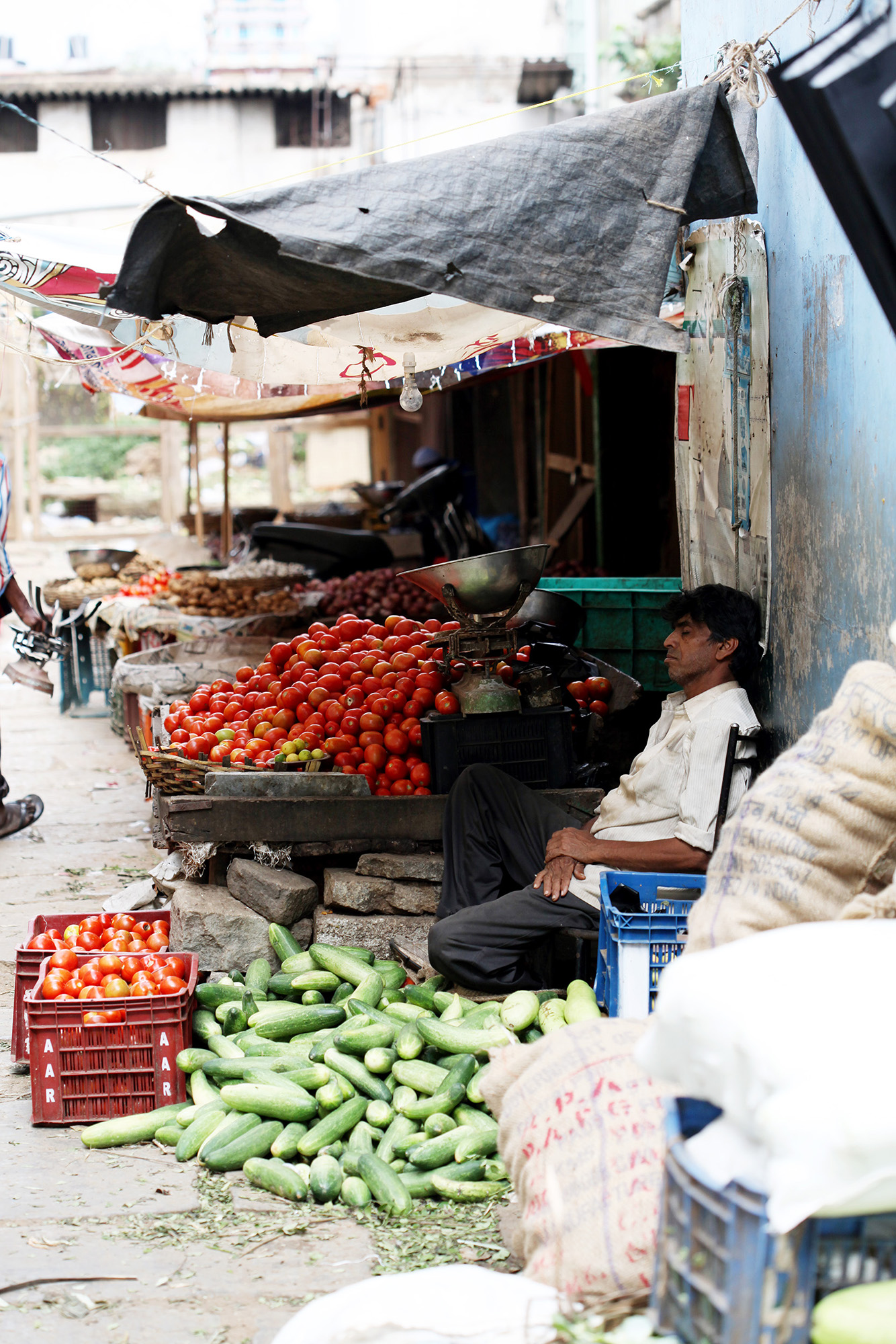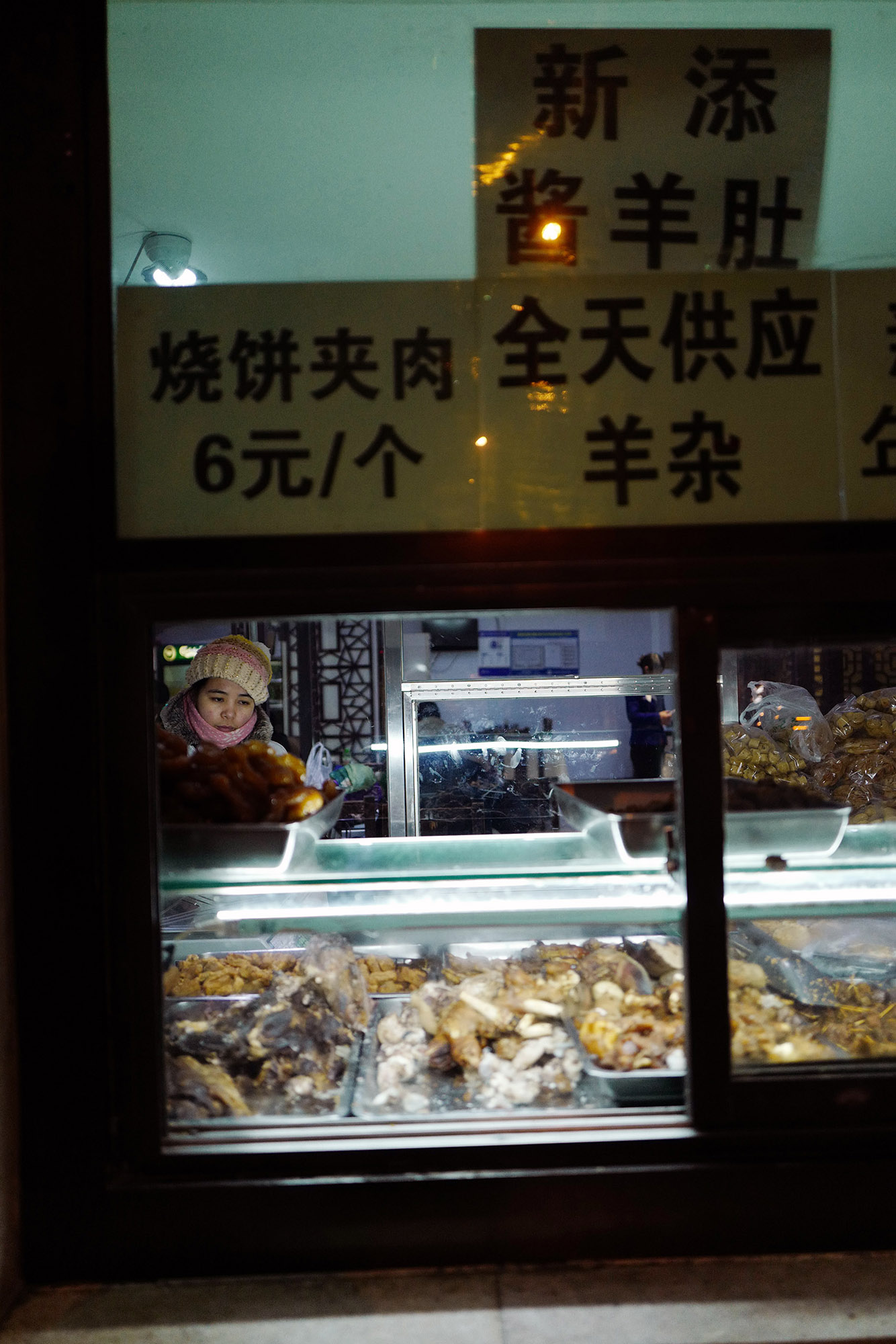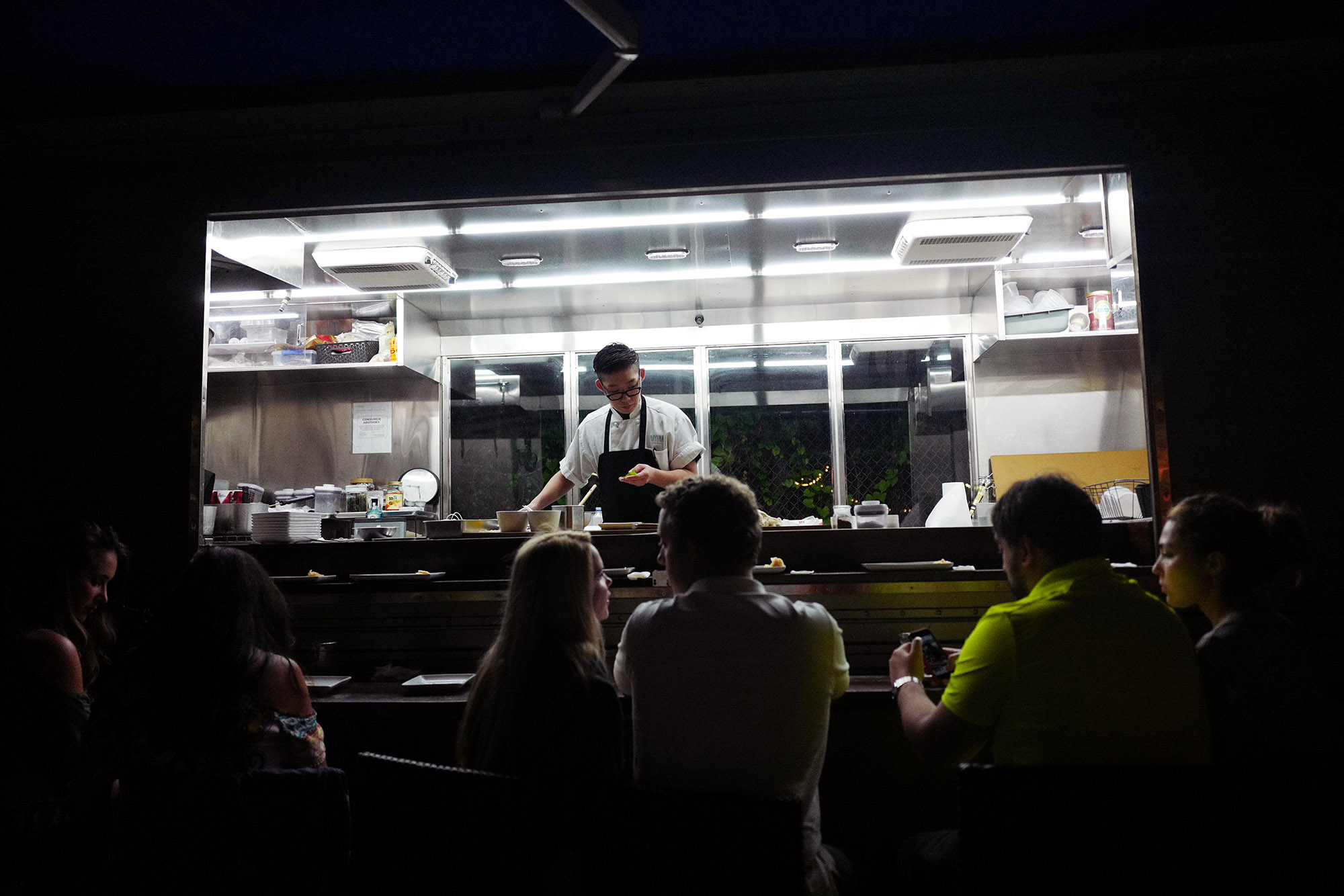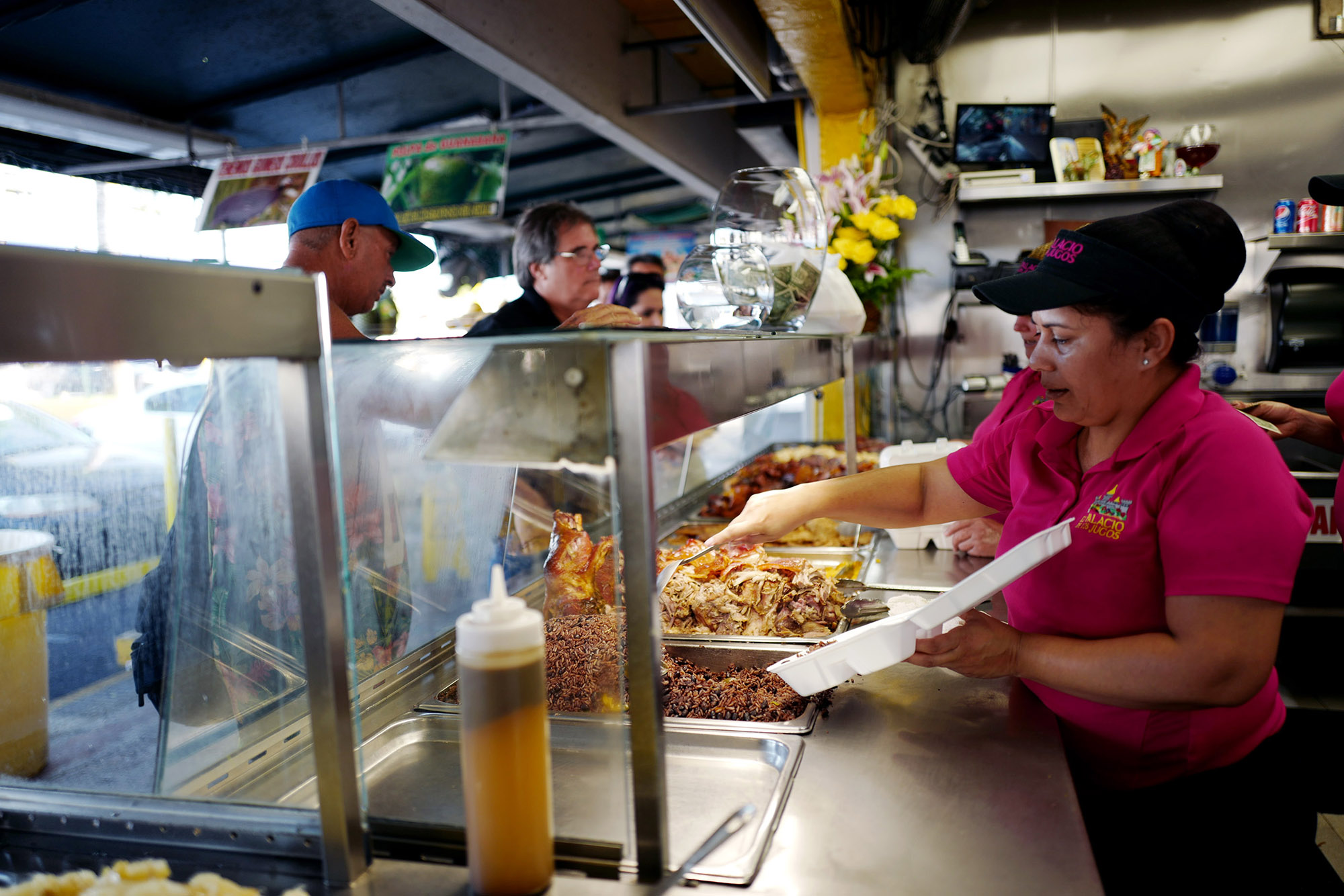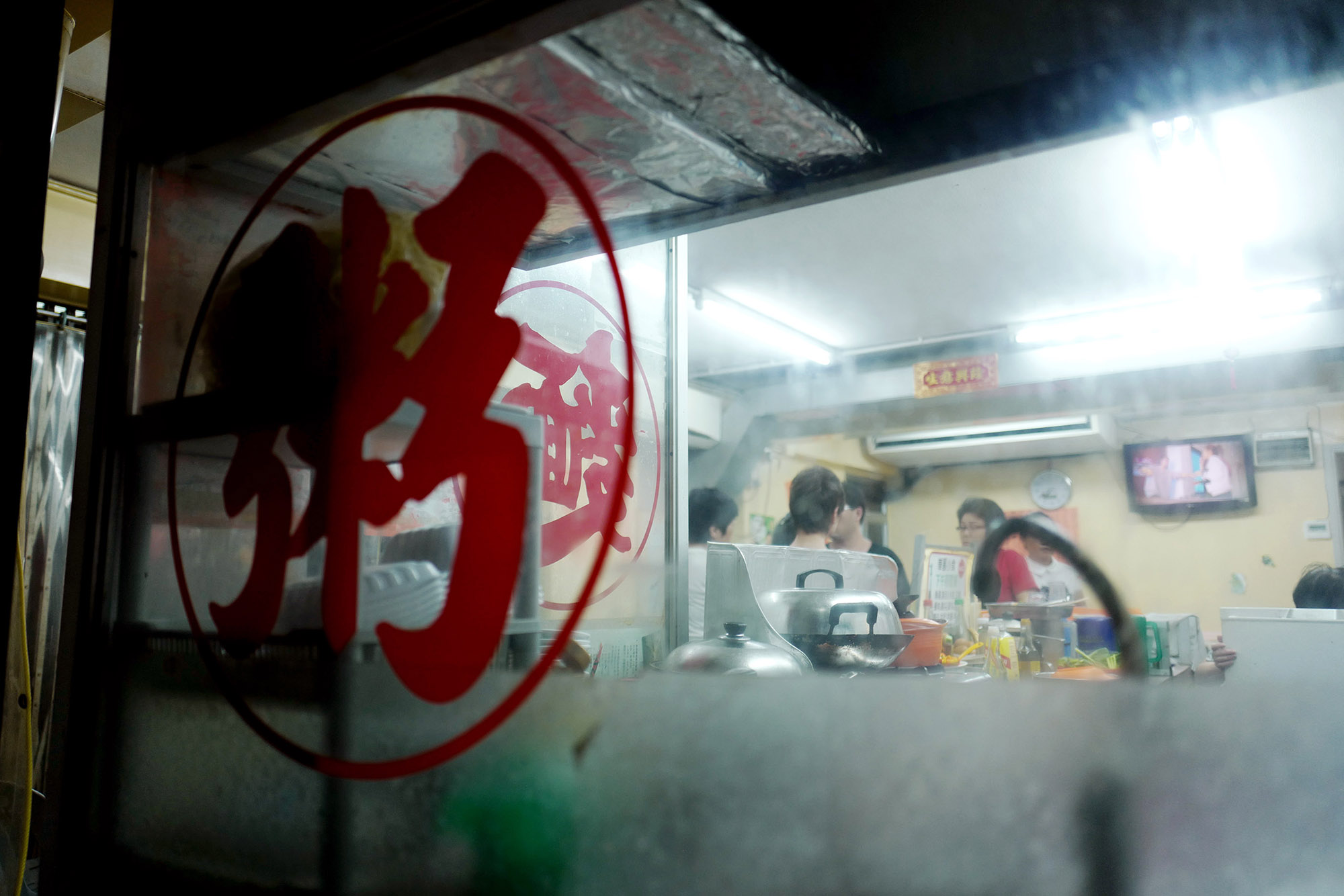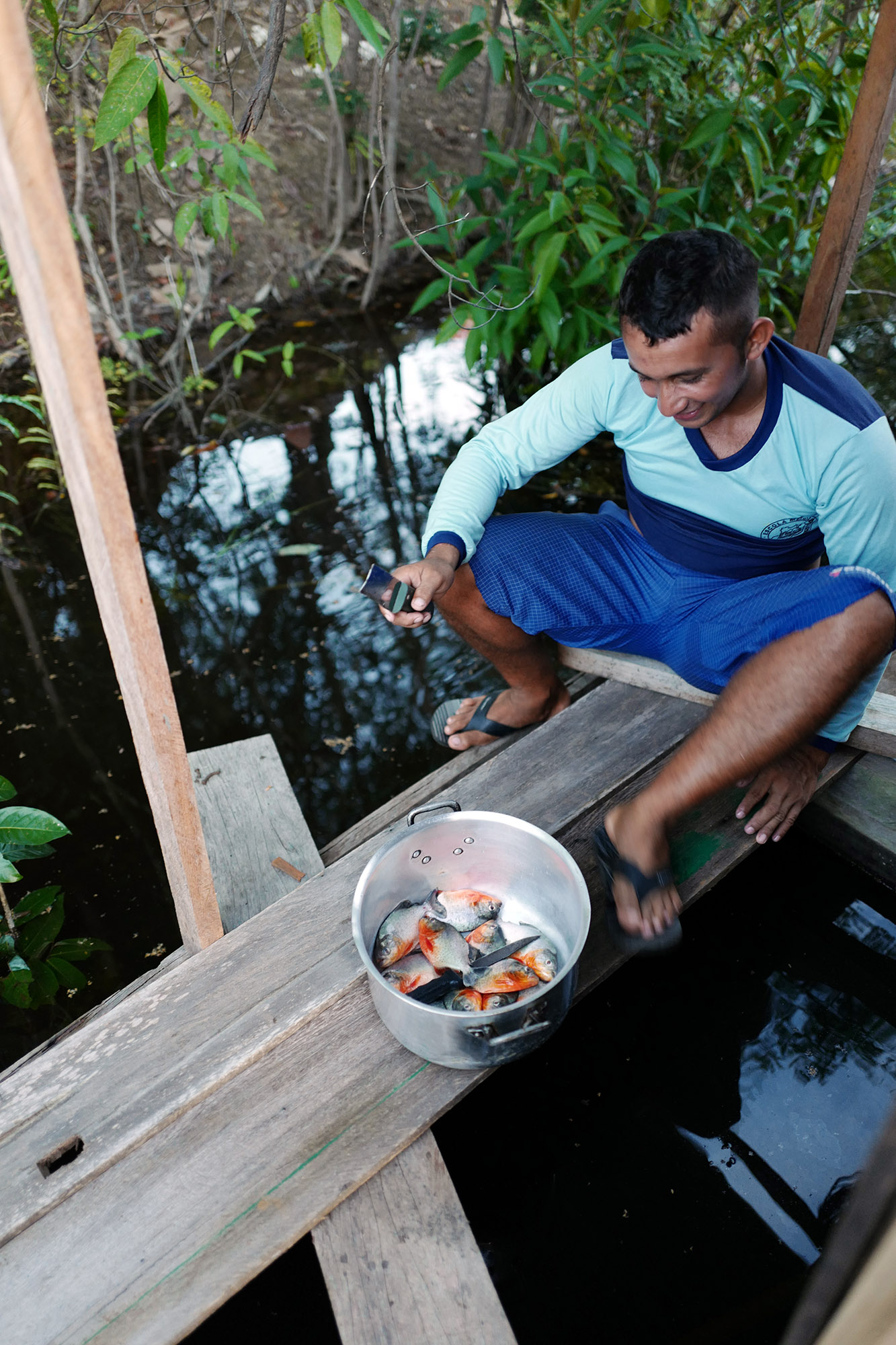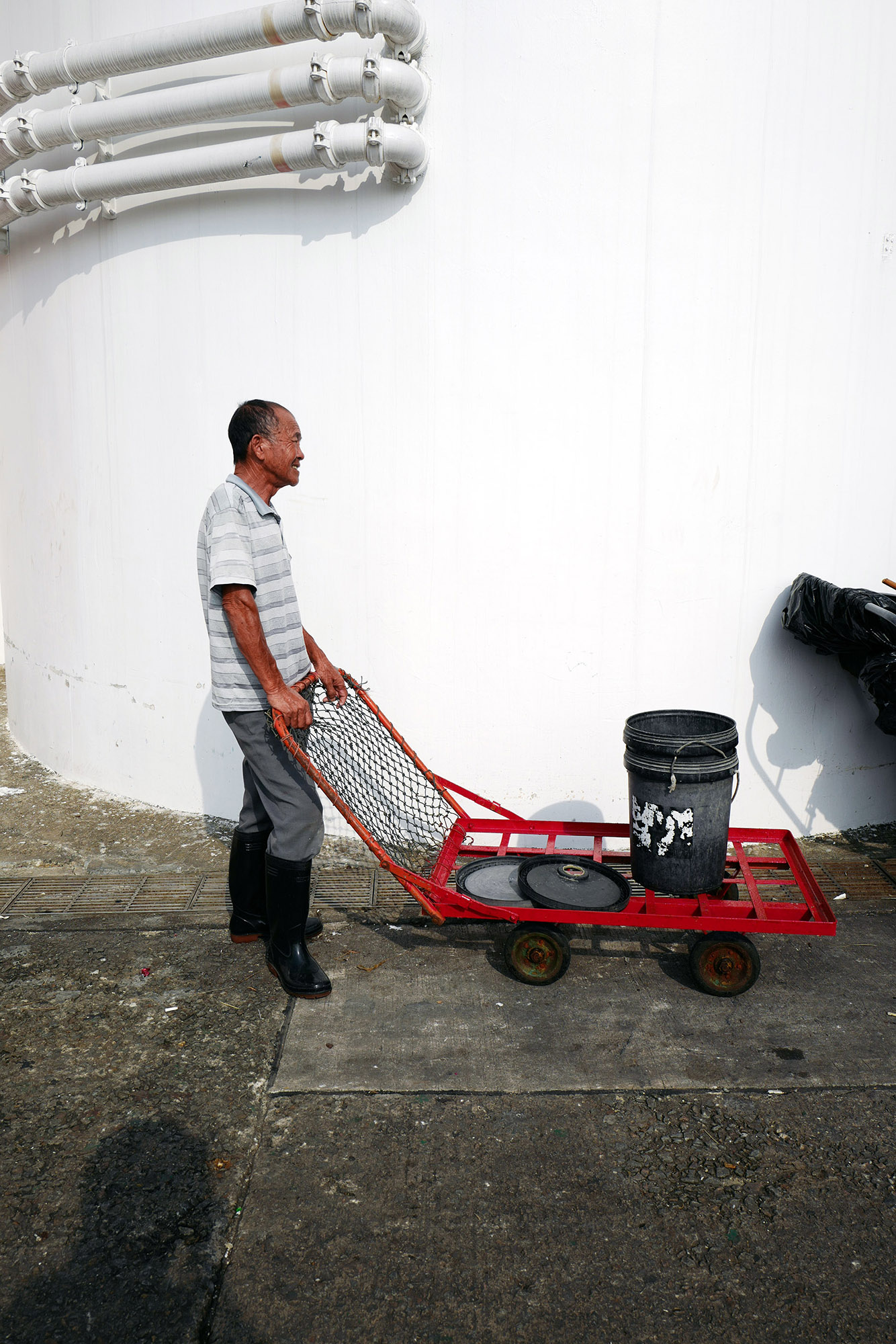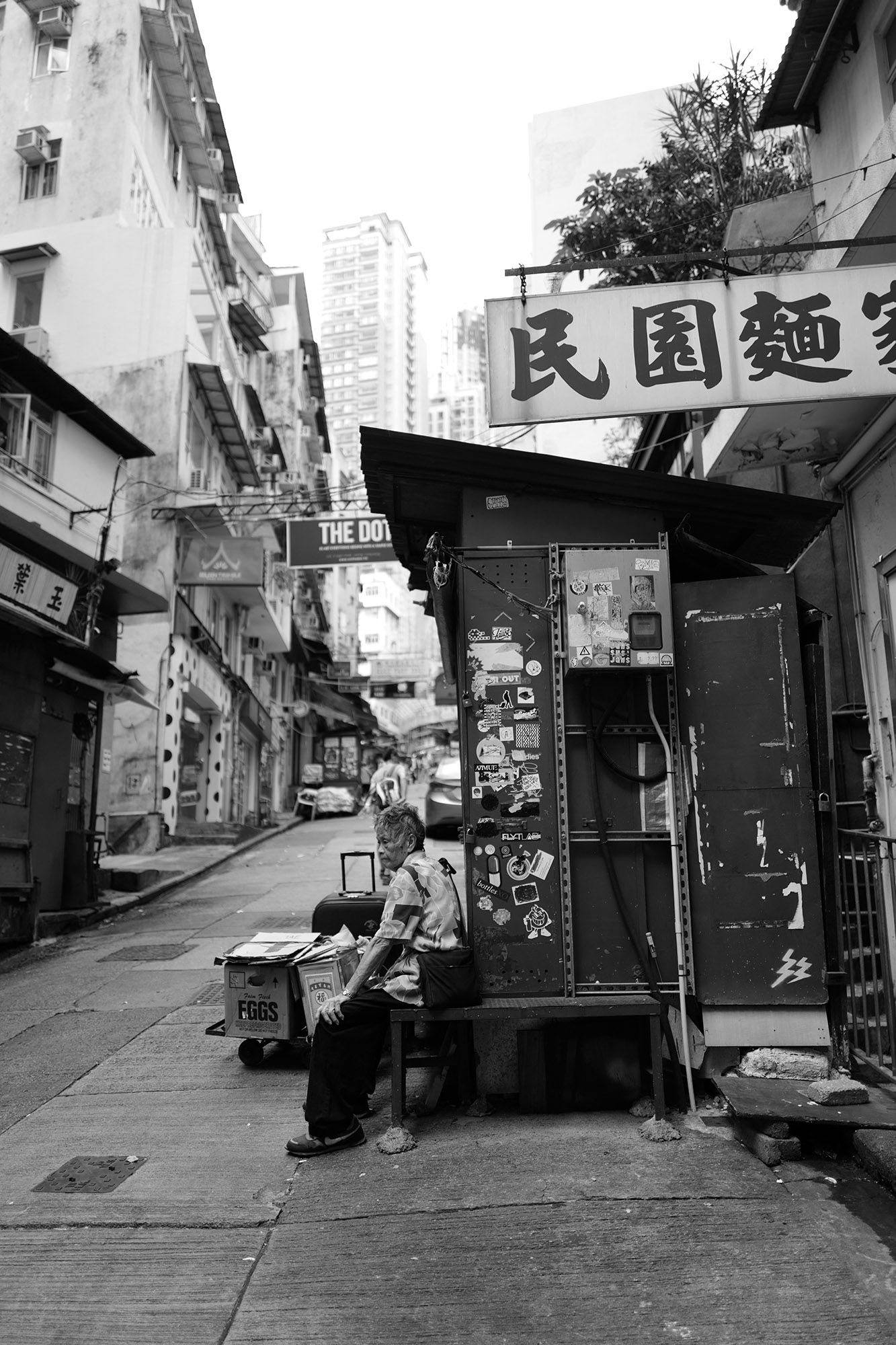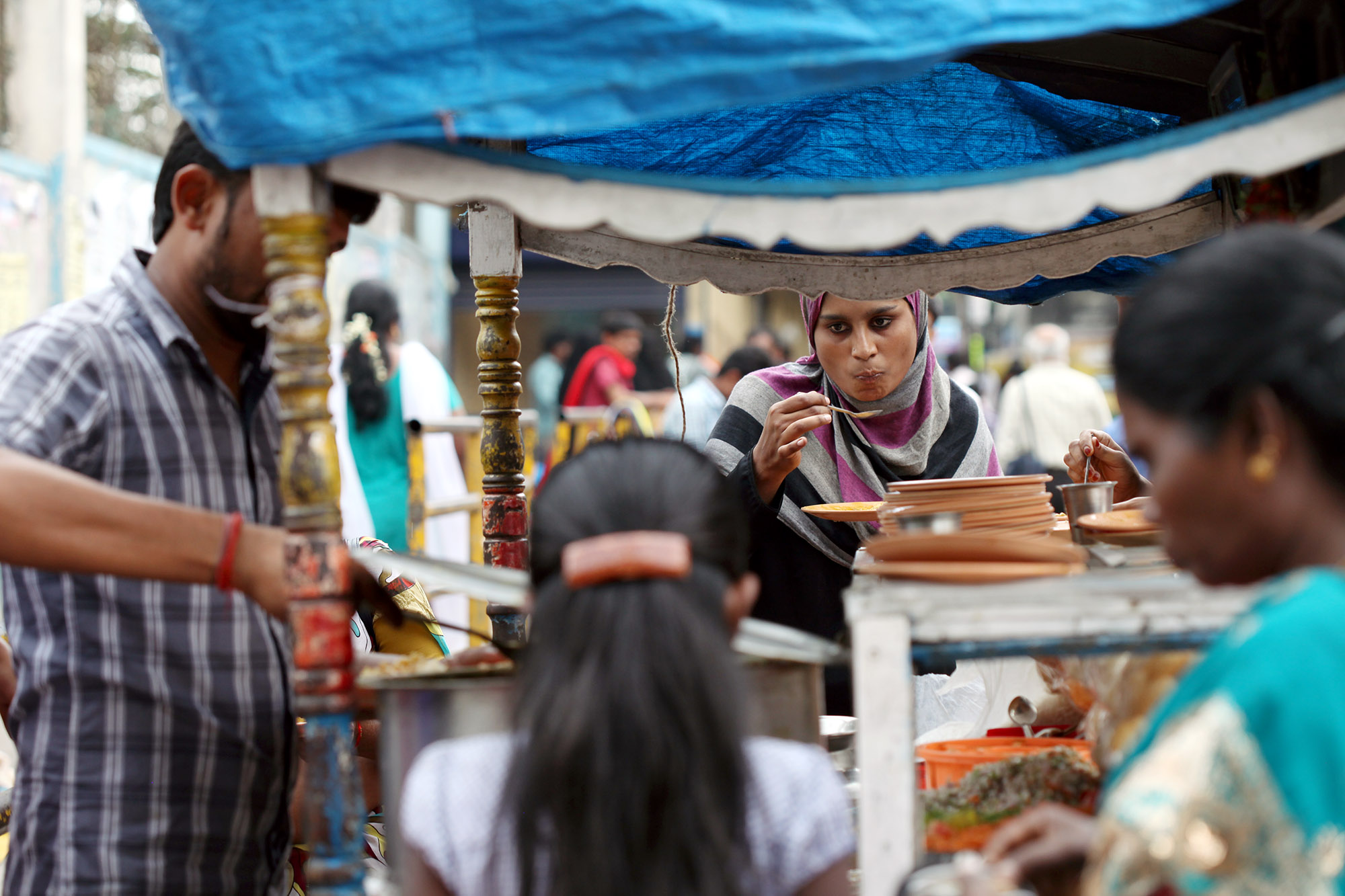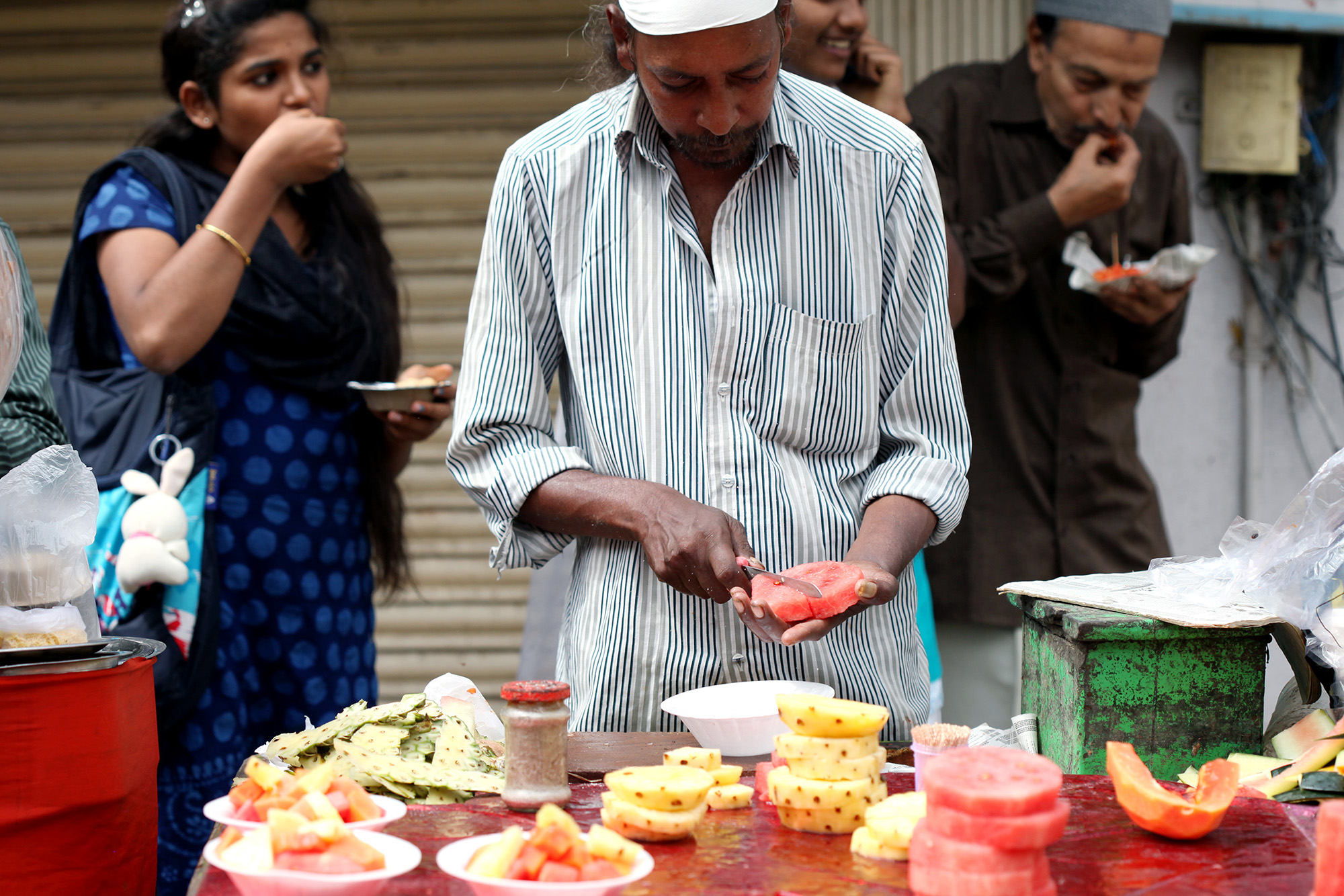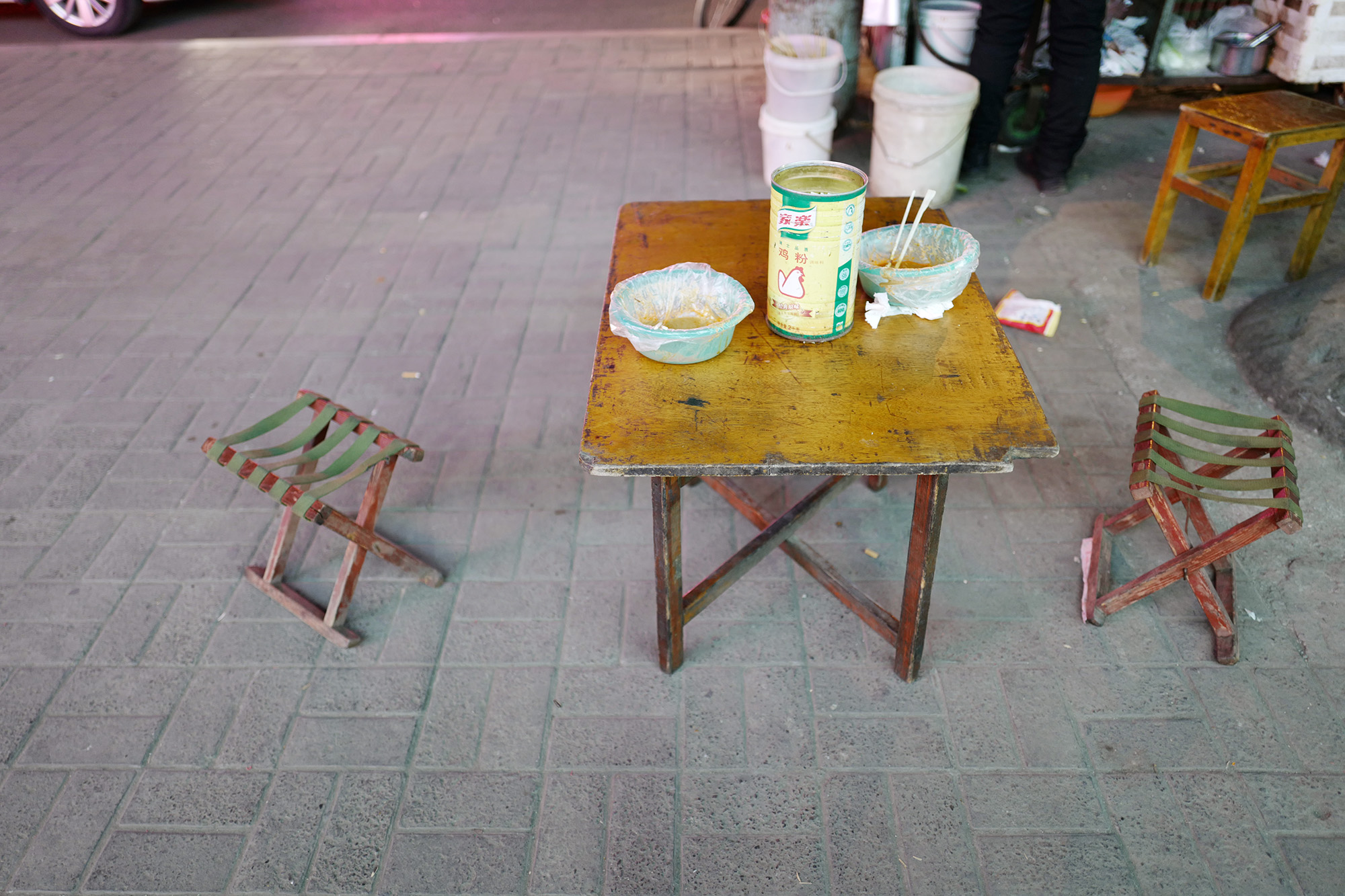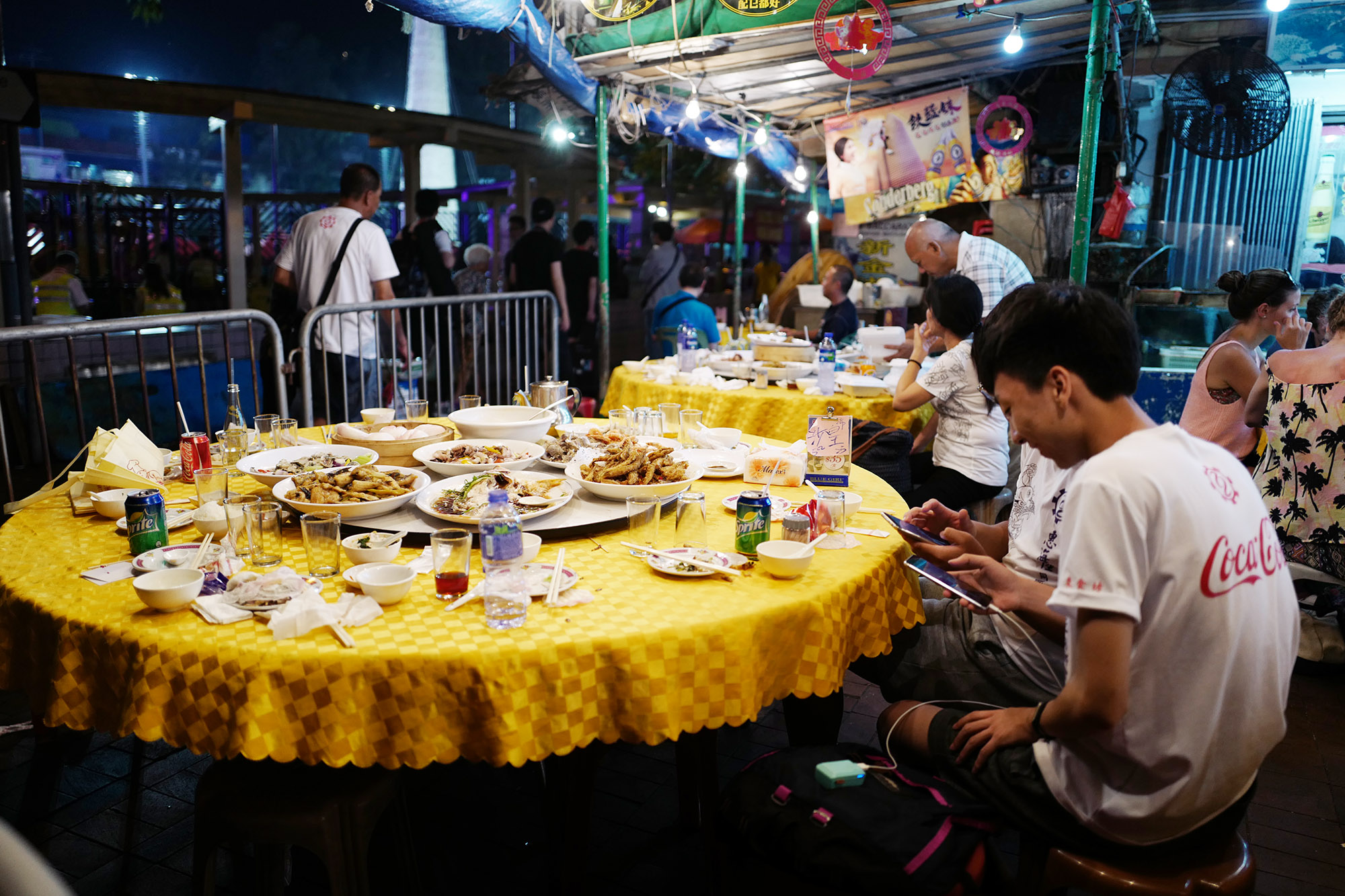Photojournal
Street Photography
People in markets, restaurants, and on the street with food.
Markets
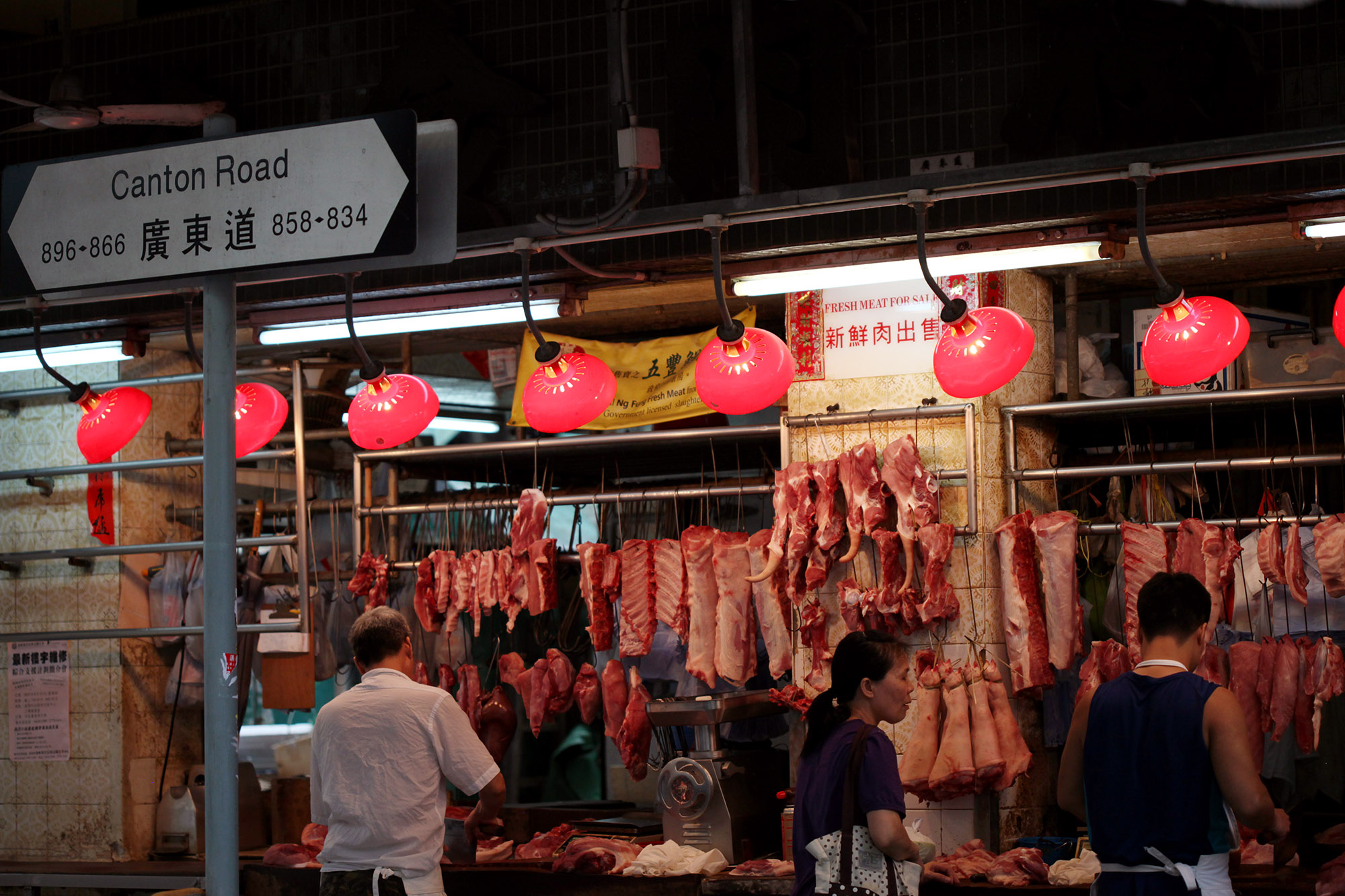
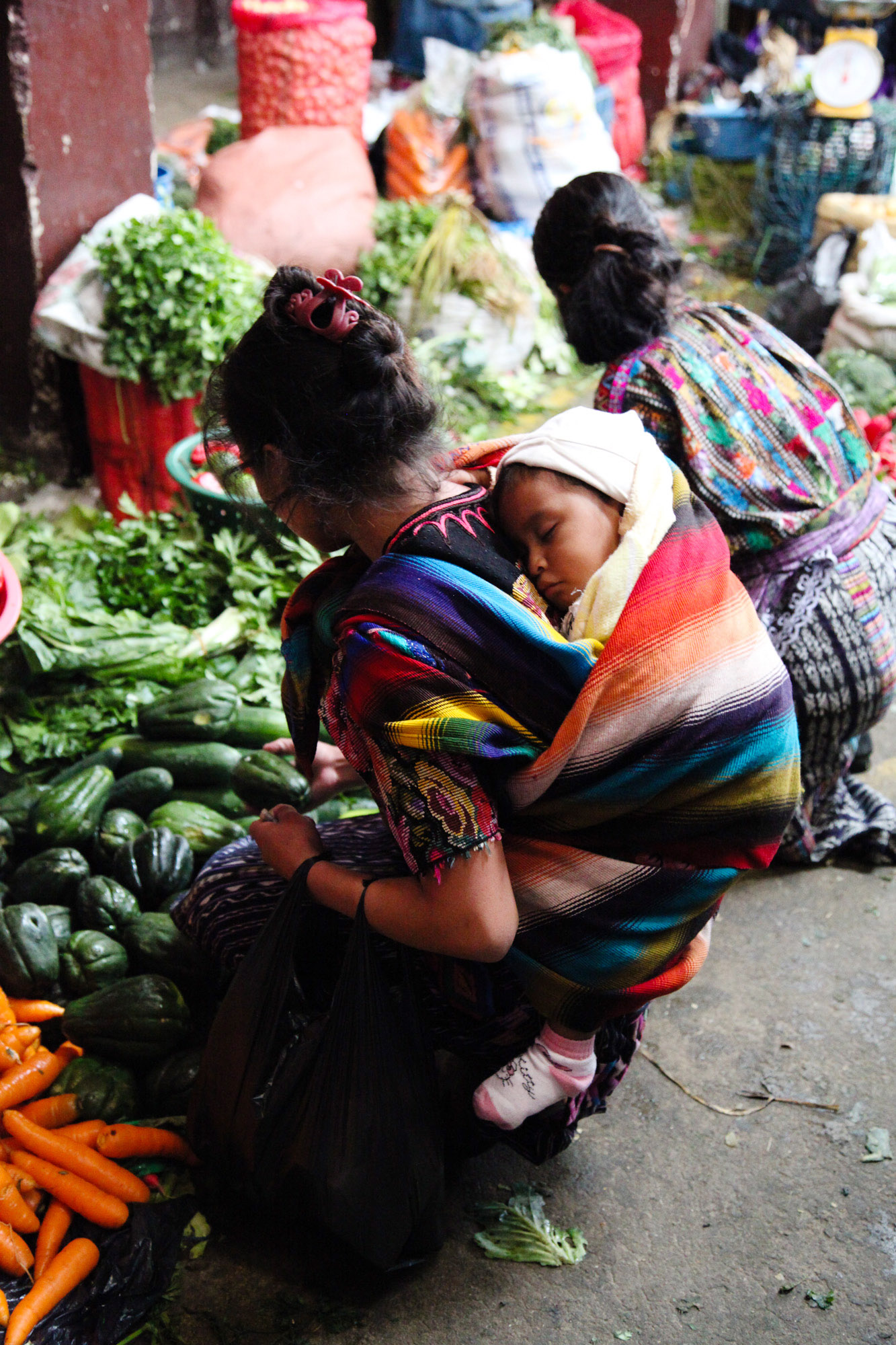
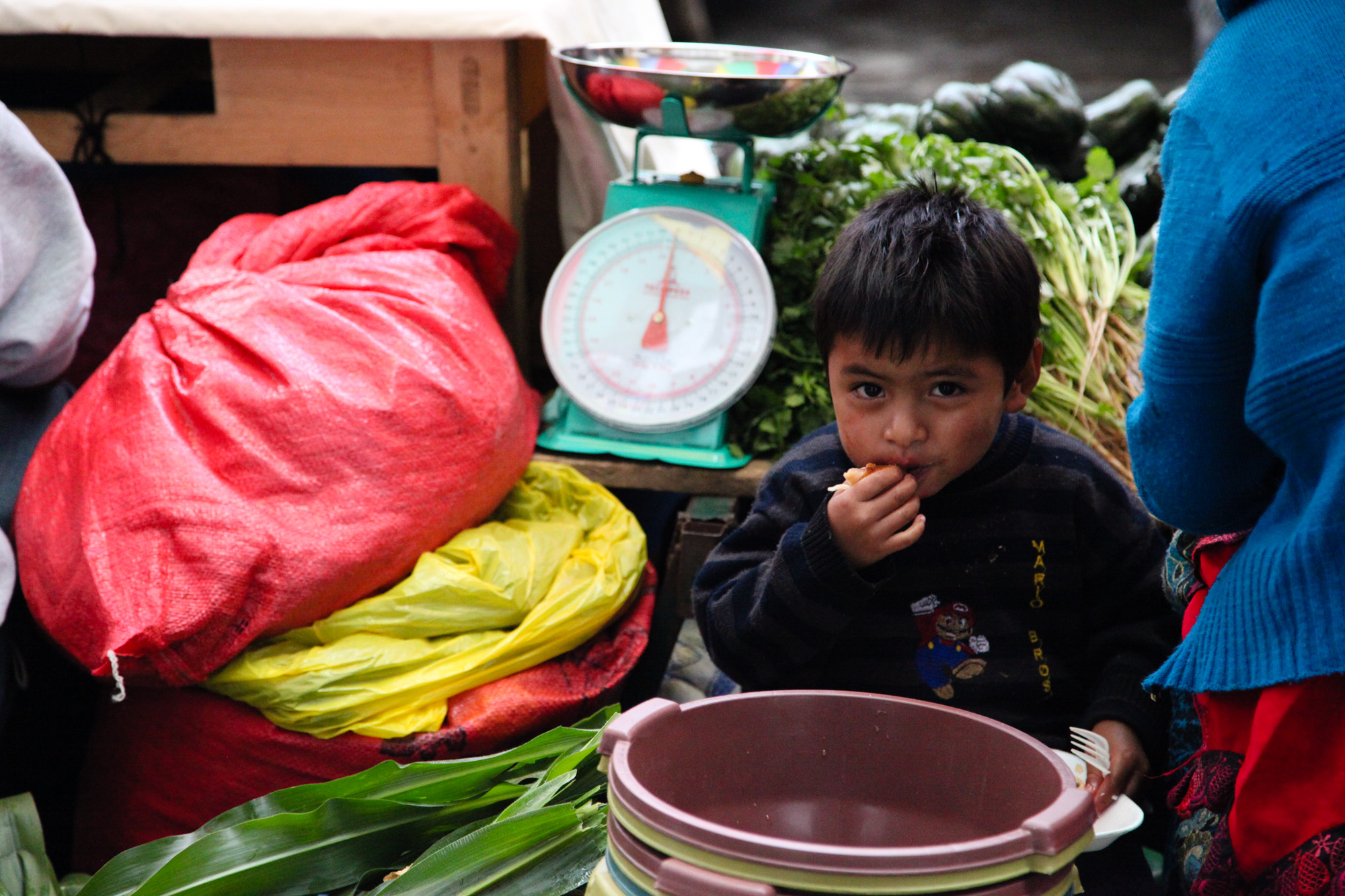
Restaurants
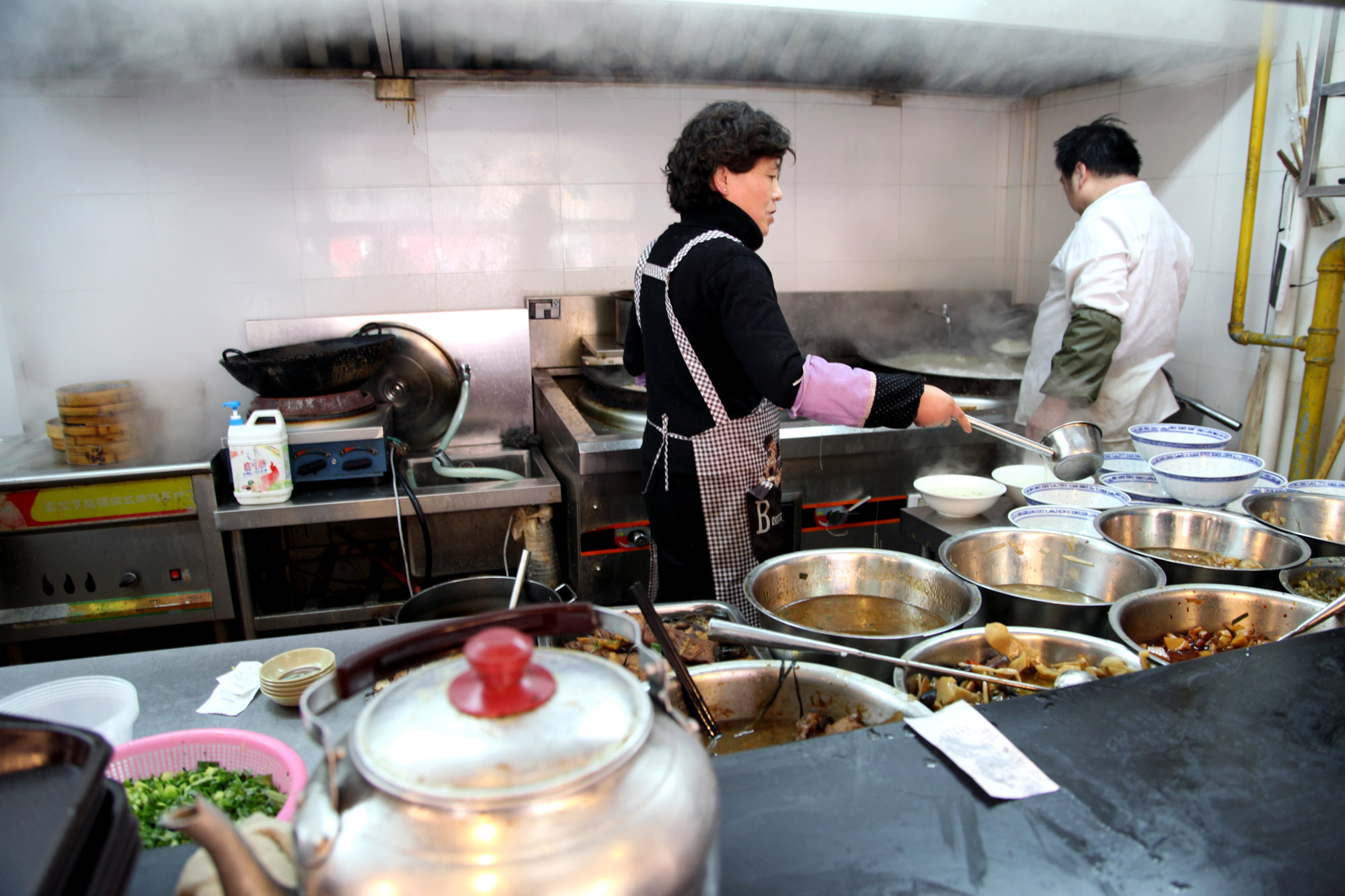
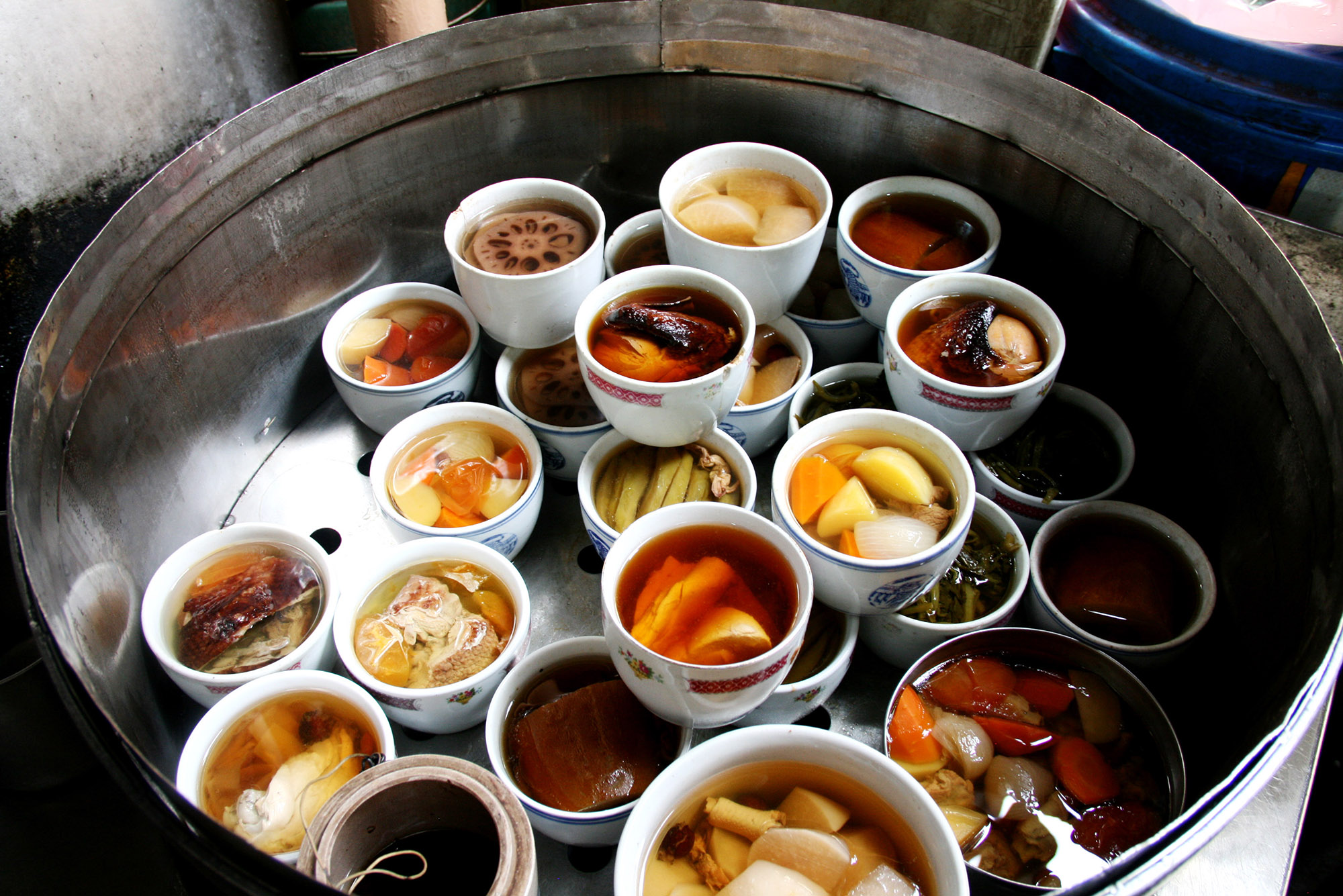
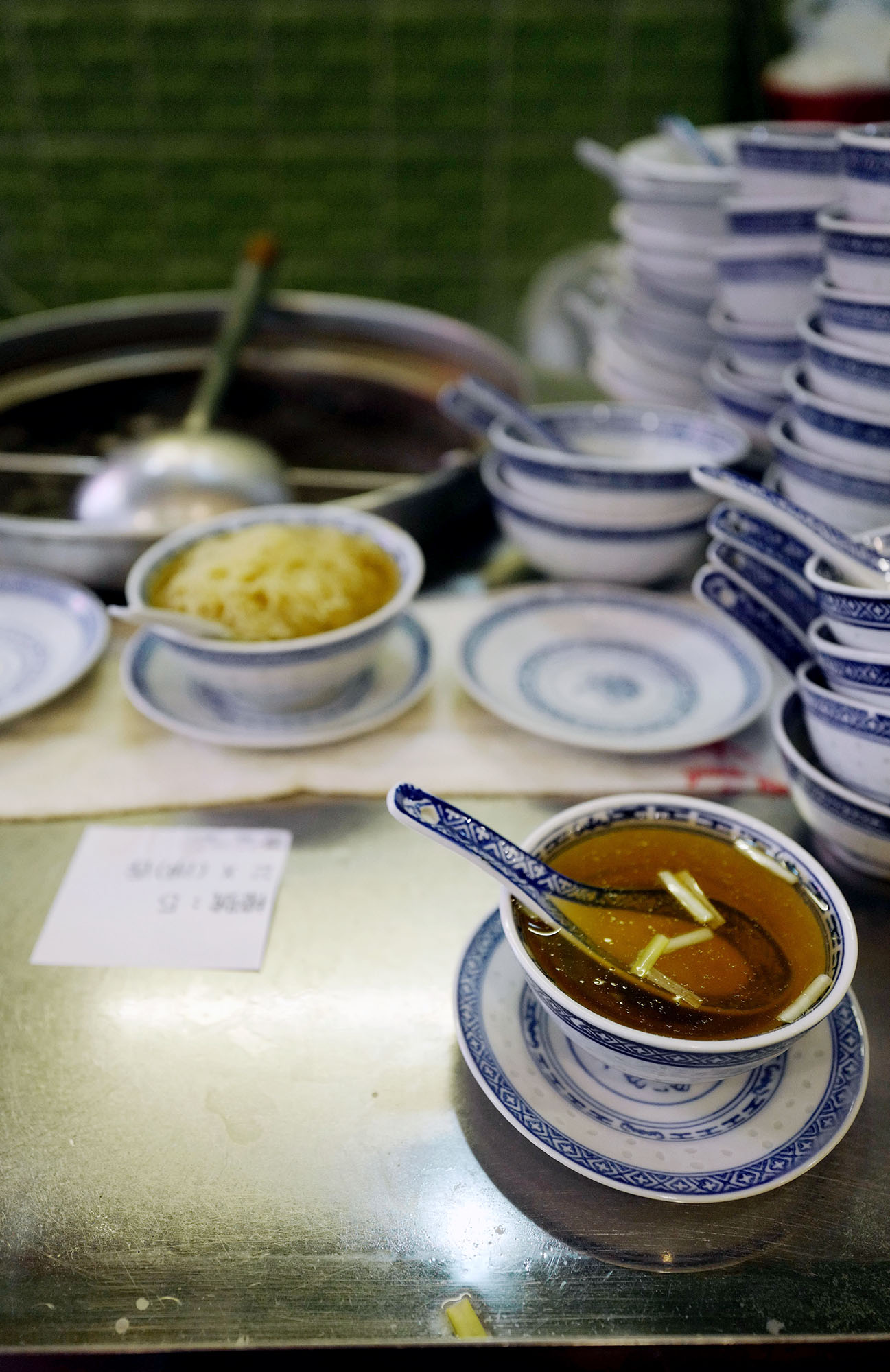
On the street / water
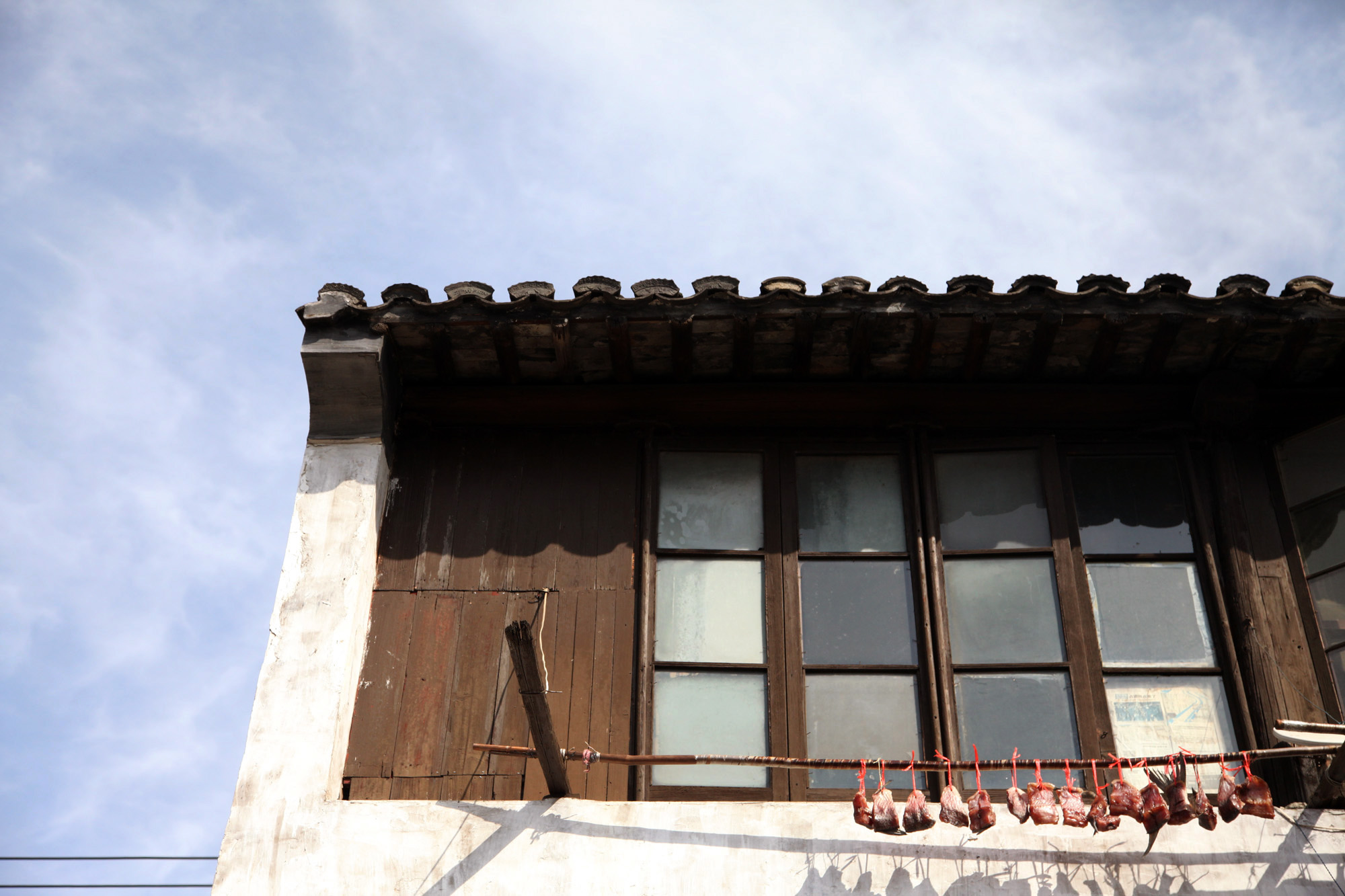
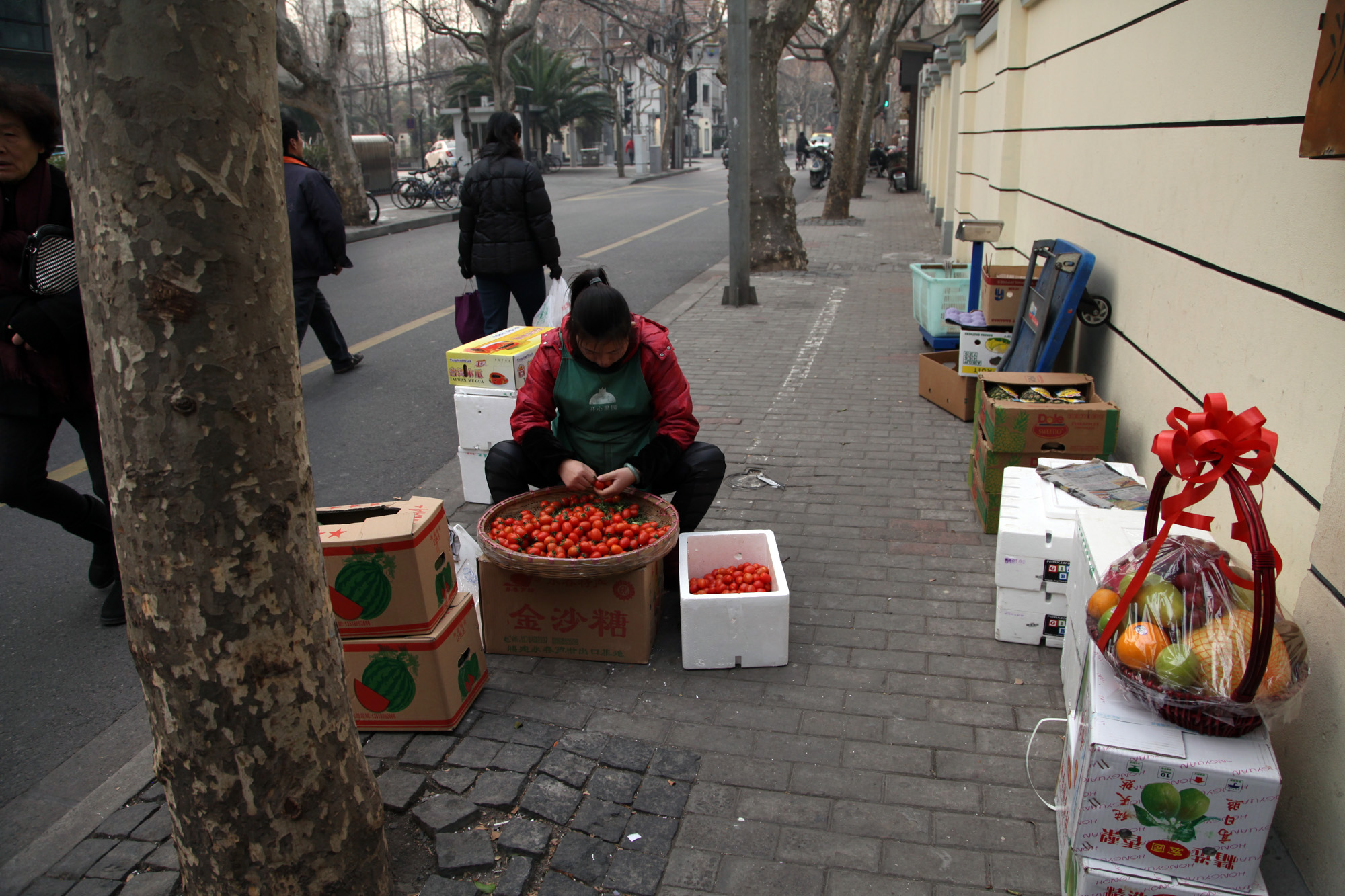
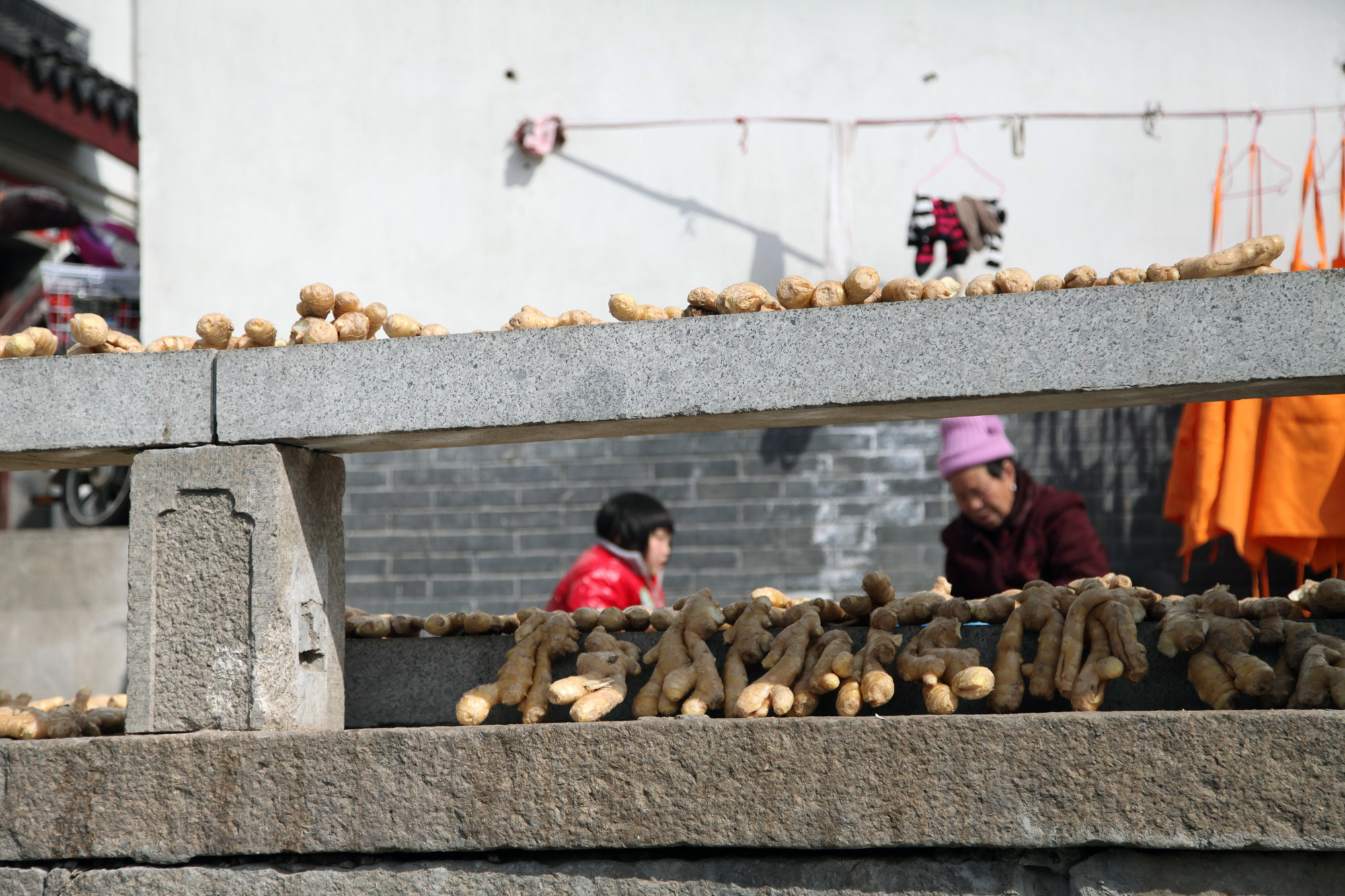
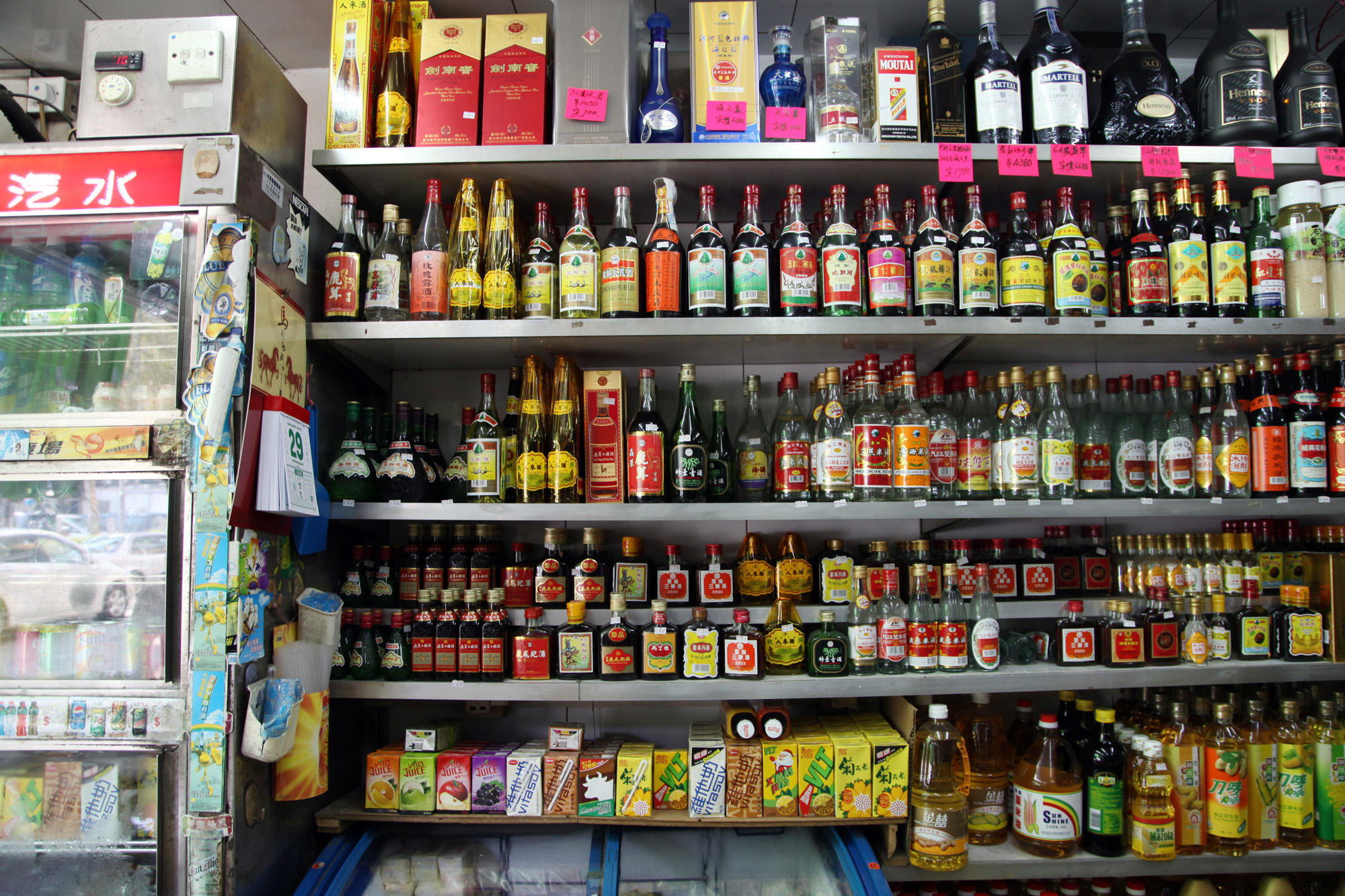
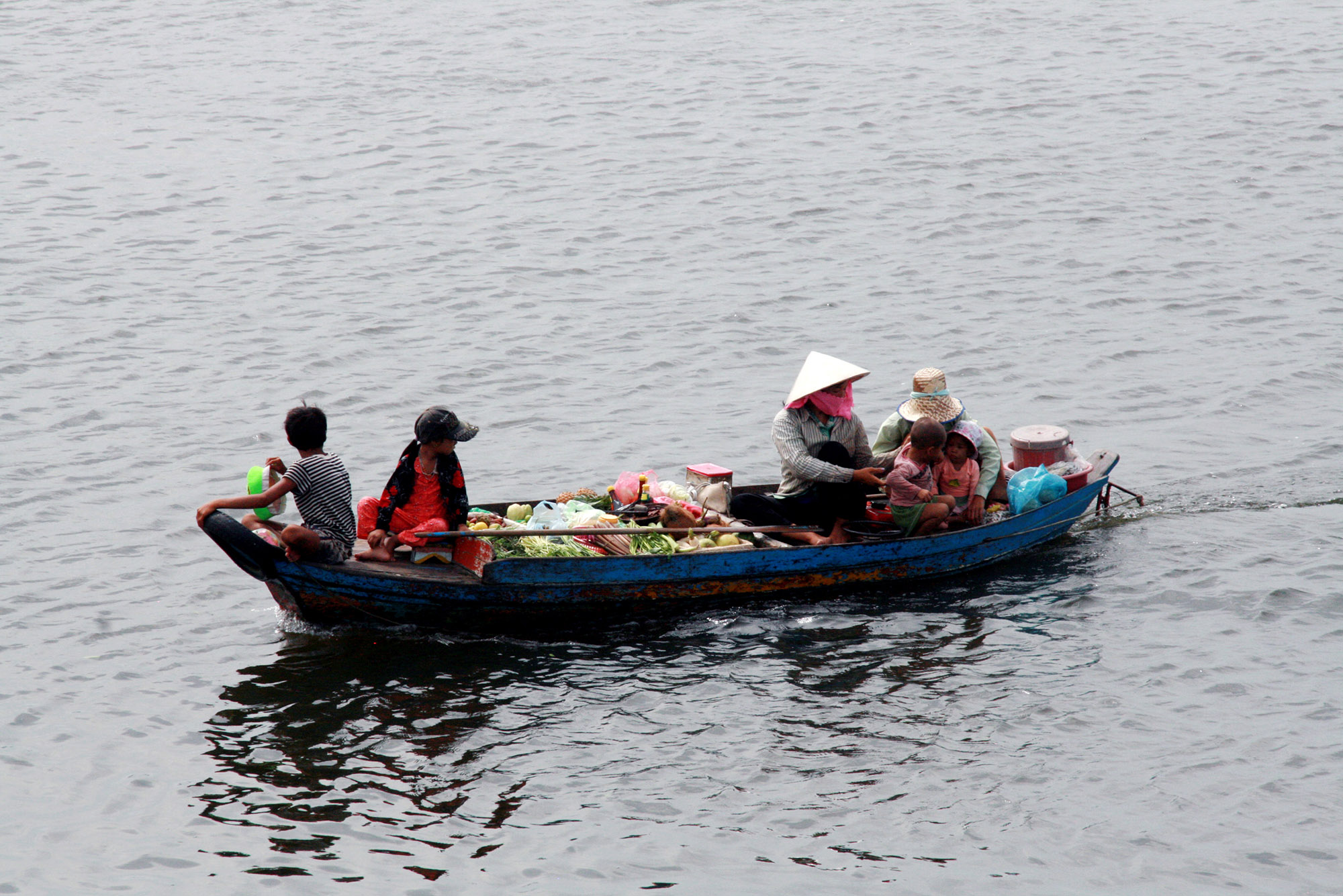
Street food
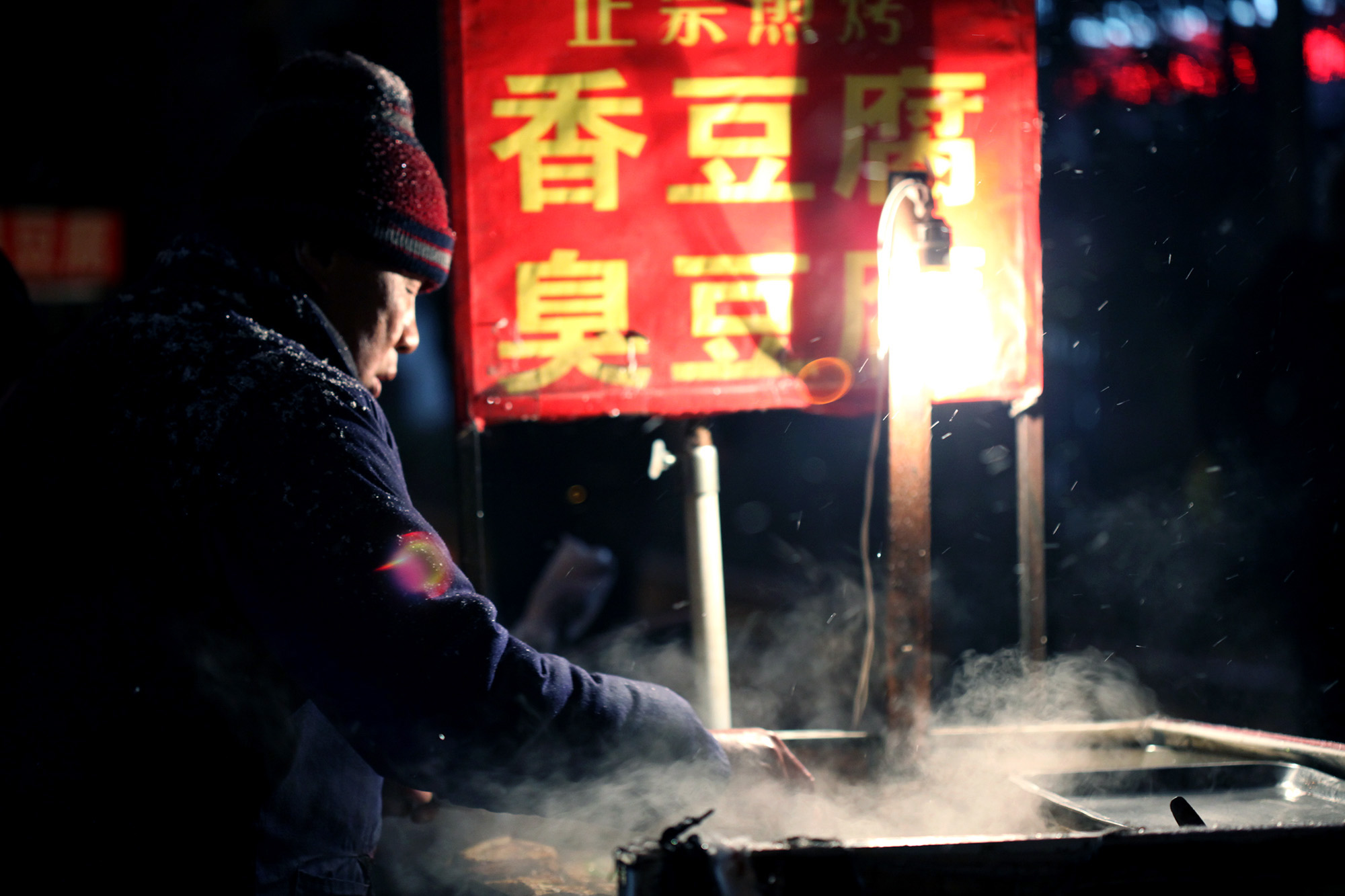
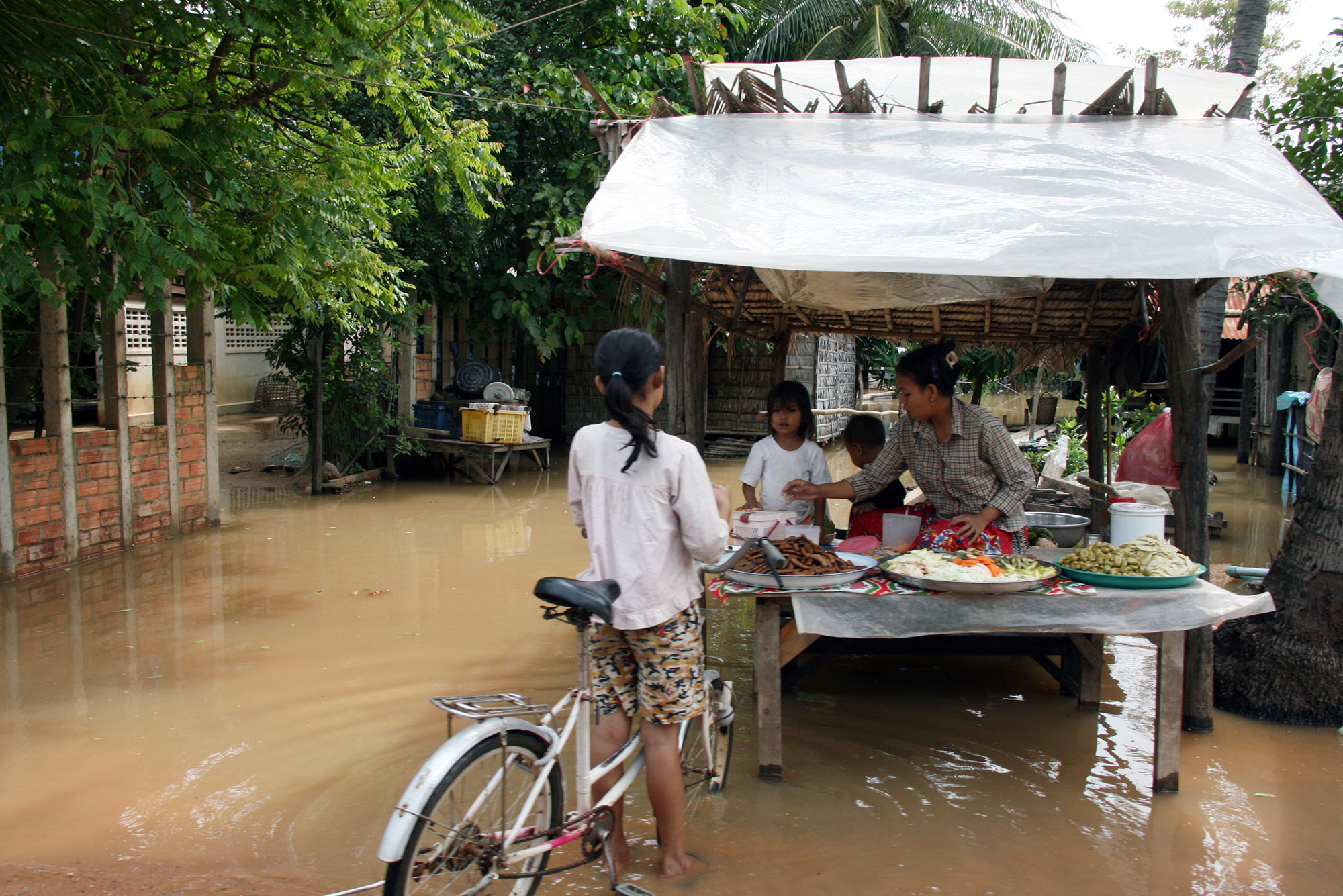
Noodle Journey in China
X'ian Jan 2016
The instructor said, now you make "ji zi". I had never heard of that term before, acted confused, and surprised everyone in the room. Turns out ji zi (剂子) means small pieces of dough that you pull out from the main dough that has risen.
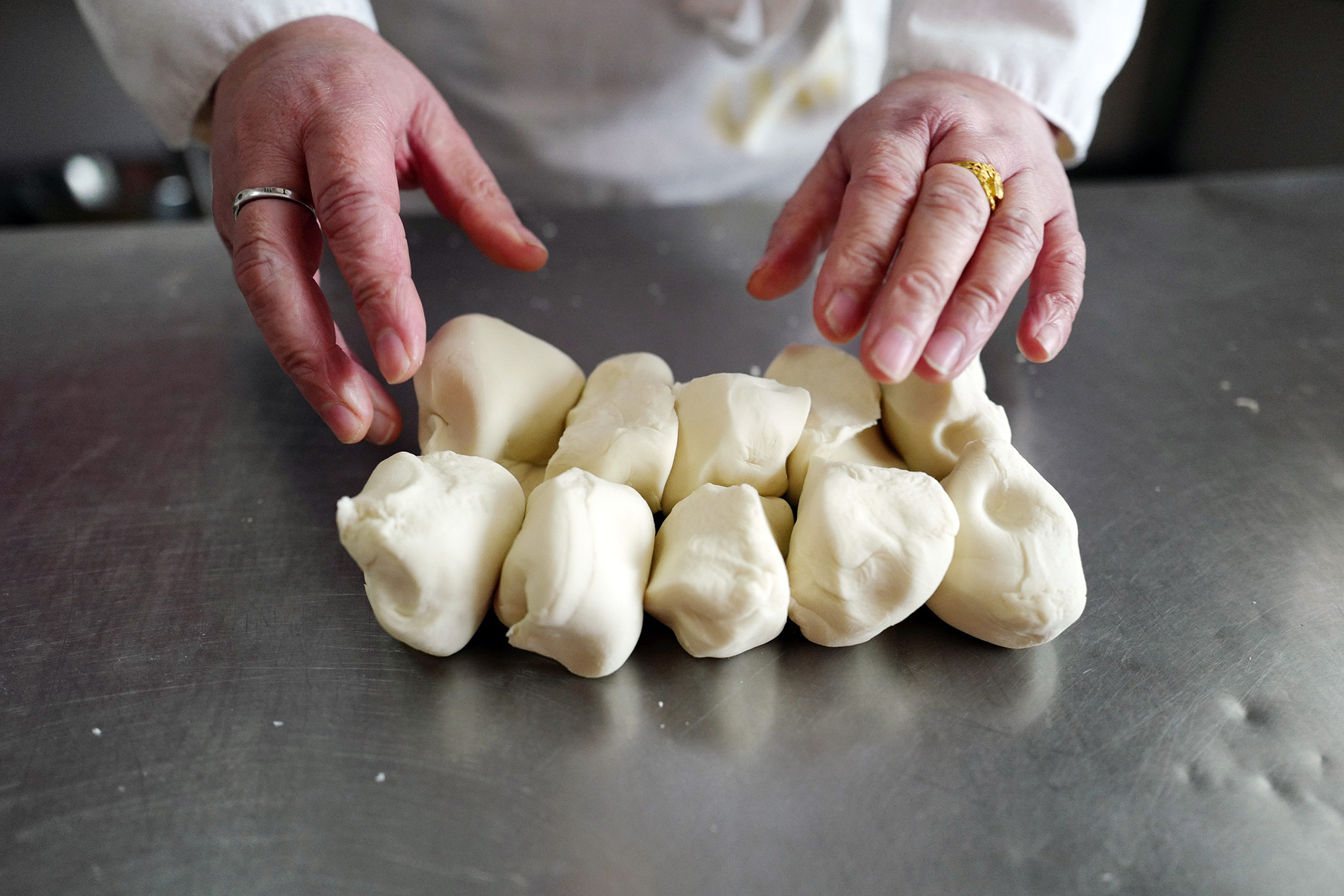
Shanghai June 2016
We were at the food court of the tourist trap Yu Garden next to the City God Temple when we first met the knife-shaved noodle ROBOT. The robot doesn't have a lower body, but it does have a helmet, making you wonder what his or her face looks like. I did not try the noodles made by the robot out of how much hard work I know needs to go into making a good bowl of knife-shaved noodles.
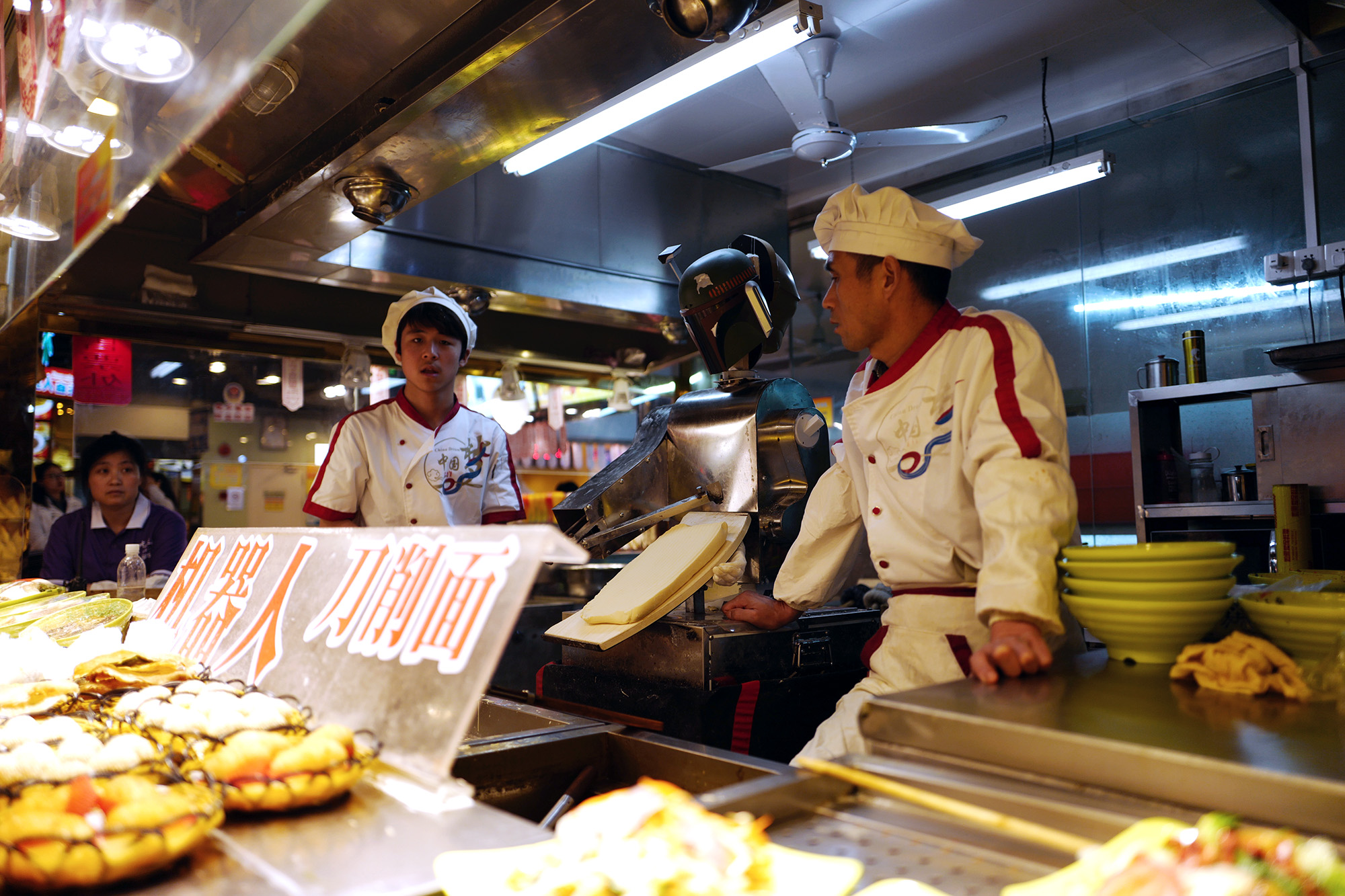
Hangzhou May 2016
One of the top ten noodles of China according to a recent publication is a local food from Hangzhou, the capital of the Zhejiang province, famous for the West Lake and the waterway. The noodle is called Pian Er Chuan (片兒川). There are only three main ingredients: Pork, bamboo shoots, and salted mustard greens.
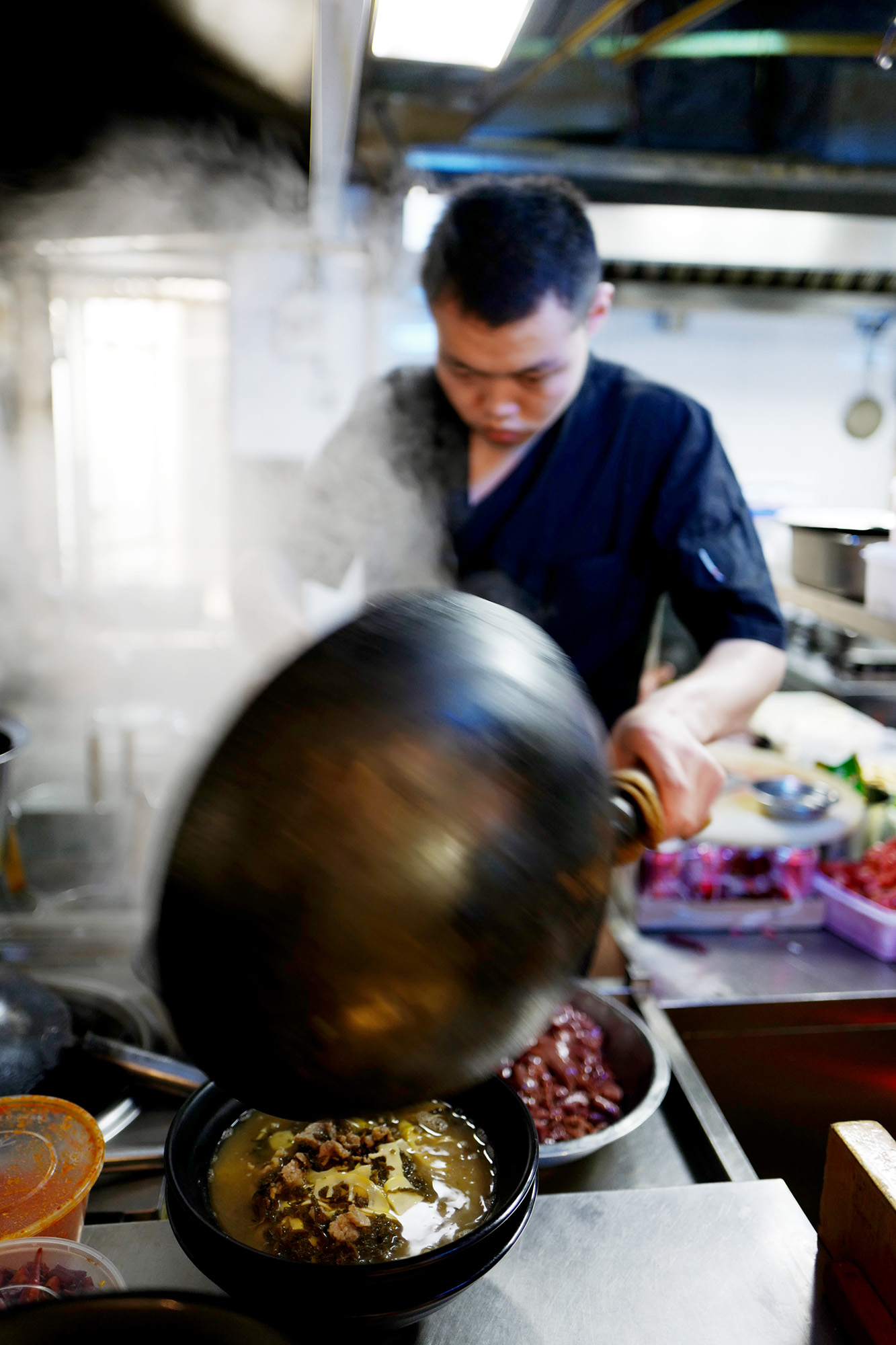
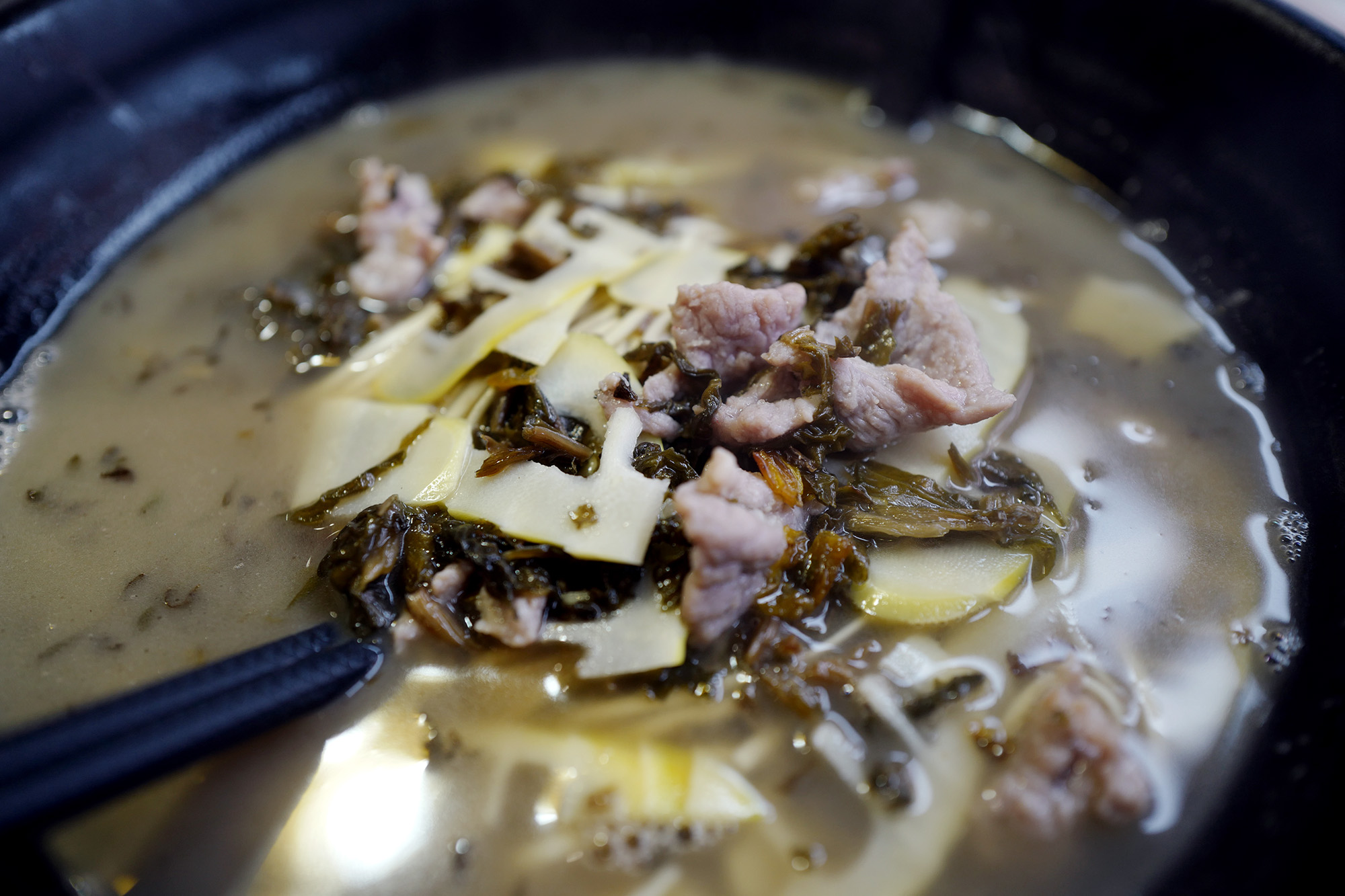
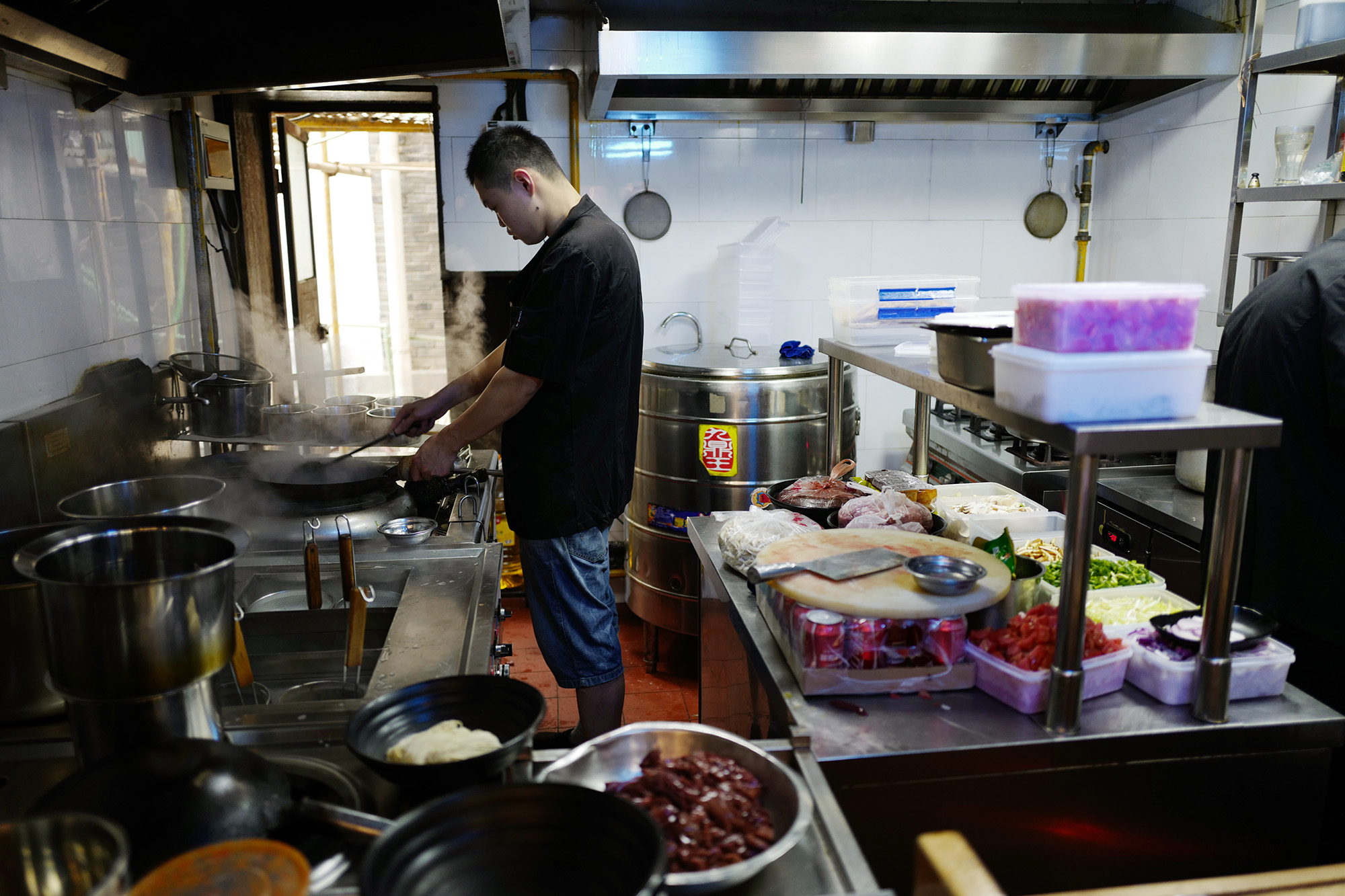
Lanzhou Feb 2016
The last stop of my noodles journey was Lanzhou in Gangsu, home of the Lanzhou hand-pulled noodles (lamian), about 1,500 miles west from where I originally began in Beijing. It was 18 degrees below zero. The culinary school was more like a military camp with me being the only female student there. School started at 8 in the morning and they expected the students to keep practicing pulling noodles til 9 at night. What kept us warm was not the little coal we were burning in the furnace, but the physical labor of this incredibly hard to make noodles.
People in Lanzhou, just like those in the nearby province Shanxi, are proud of their noodles. The school was therefore strict. Hand-pulled noodles always taste better, so there was no dough sheeter. Customers at lamian restaurants should never wait, so instead of letting the dough rise for half an hour on its own, we started kneading immediately until it's ready to be pulled. Skin on my right hand fingers cracked on the first day, by night, blood was coming out. I also caught a cold earlier in Xian and fluid dripped everywhere from my nose. I was a gross mess, luckily, the practice dough was never meant for eating. The blue and white enamel food bowl each student was given for meals quickly became my best friend. I used it for cleaning myself at night since there was no shower in the dorm. I dipped my fingers in it filled with hot water throughout the day to sooth the pain and warm my body.
As crazy as it sounds, it was some of the most fun I'd had in years, attempting to learn this crazy art (I dare not claim I know how to make lamian at all). On the first night, it was getting late, some students came back to the classroom after a few drinks. One of them was Xiao Ma, a Muslim from Ningxia. He started singing this beautiful mountain folk song as he worked on his dough. There was a red neon sign behind him outside of the window from the cheap hotel downstairs. That was the only moment in my entire journey where I realized I didn't know where I was, what I was doing and it was extraordinary.
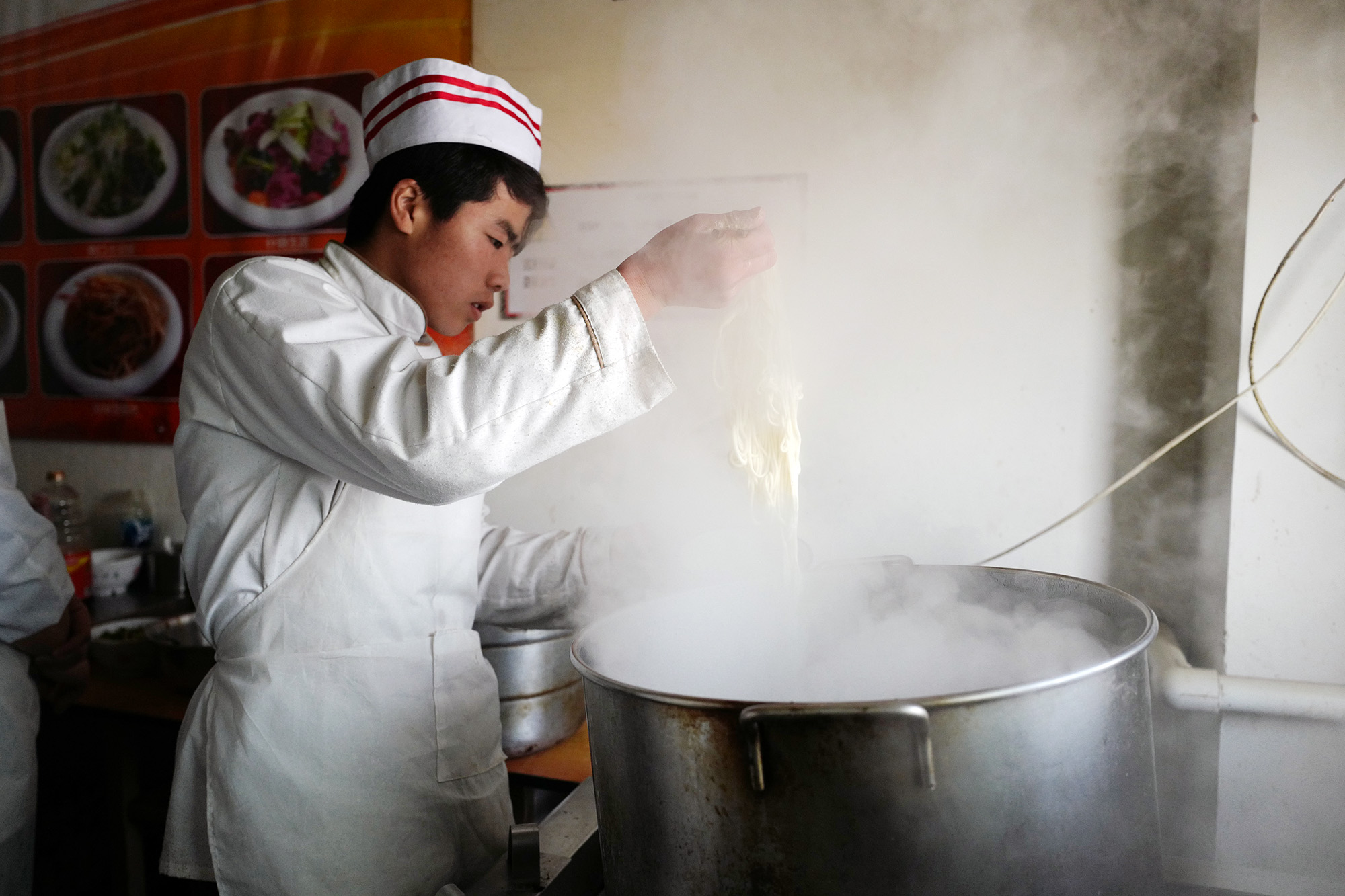
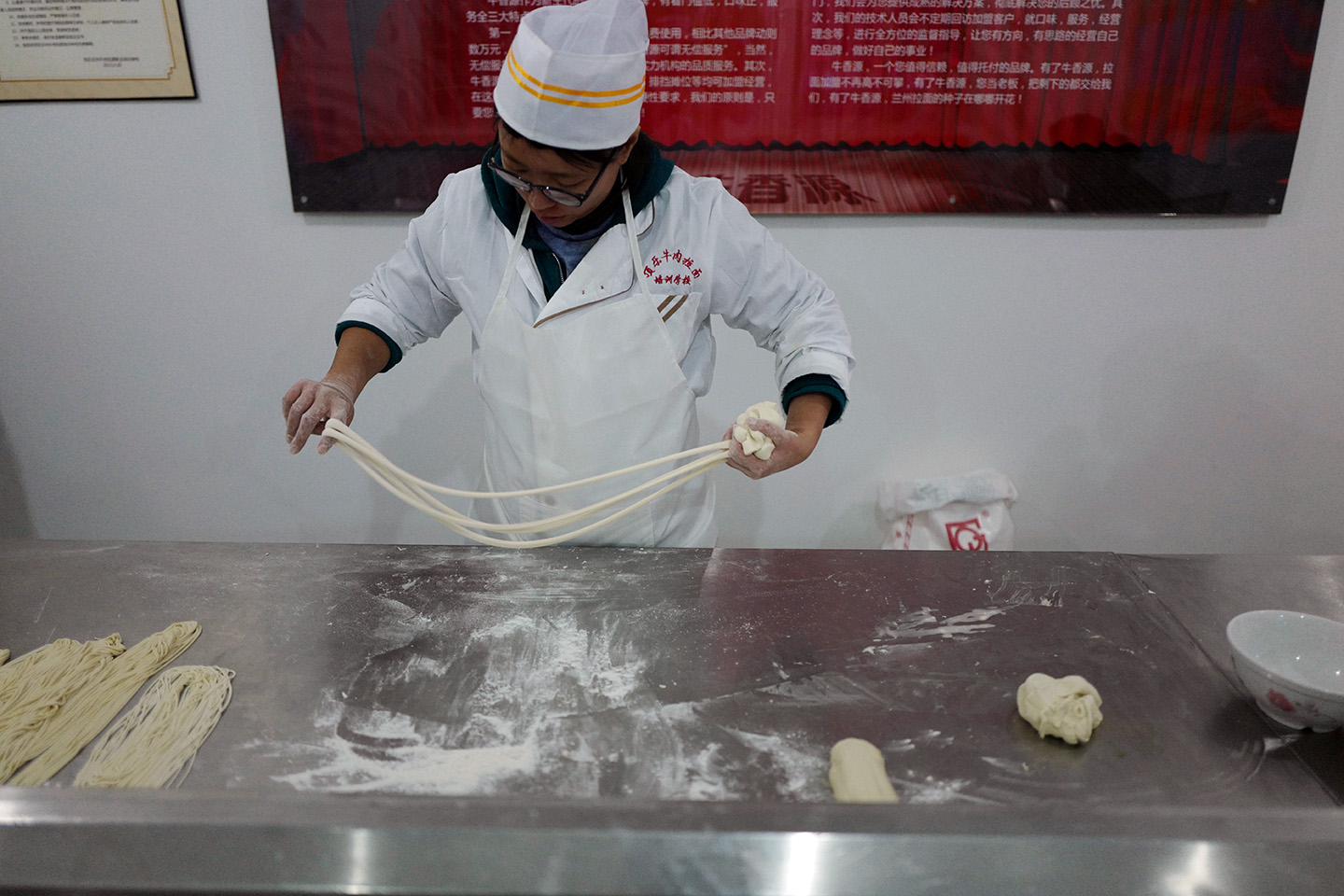
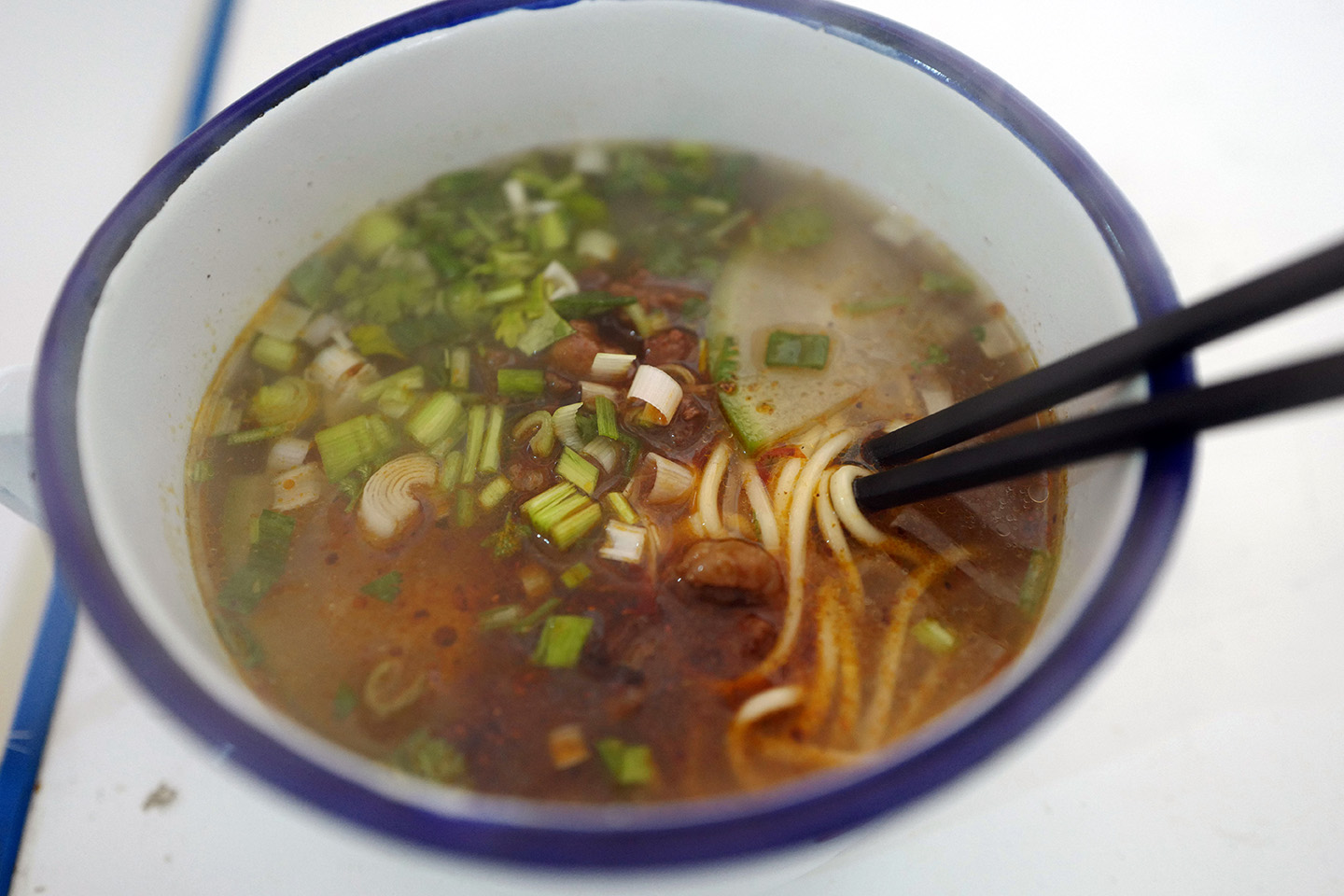
Shanxi Taiyuen Jan 2016
Life after Beijing has been a blast. Shanxi welcomed me with open arms. I taught my new friends at the culinary school how to make Cantonese soup and they taught me how to knead dough the right way. Lunch was just things we were learning how to make that day. I was given a bag of baked goods from our kitchen the day I left, just like how people bid farewell in old Chinese TV shows.
